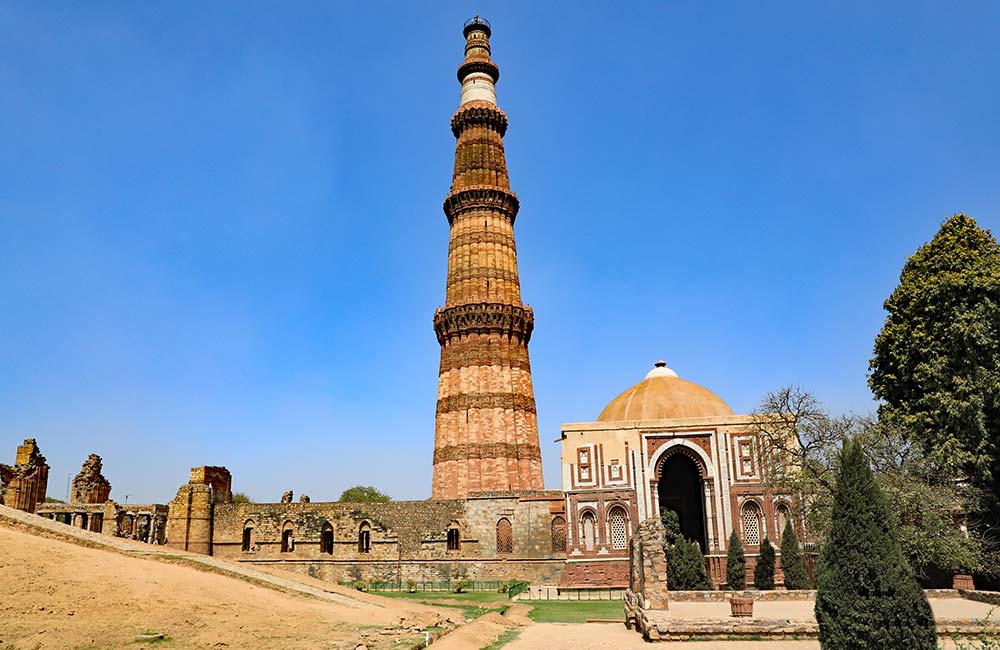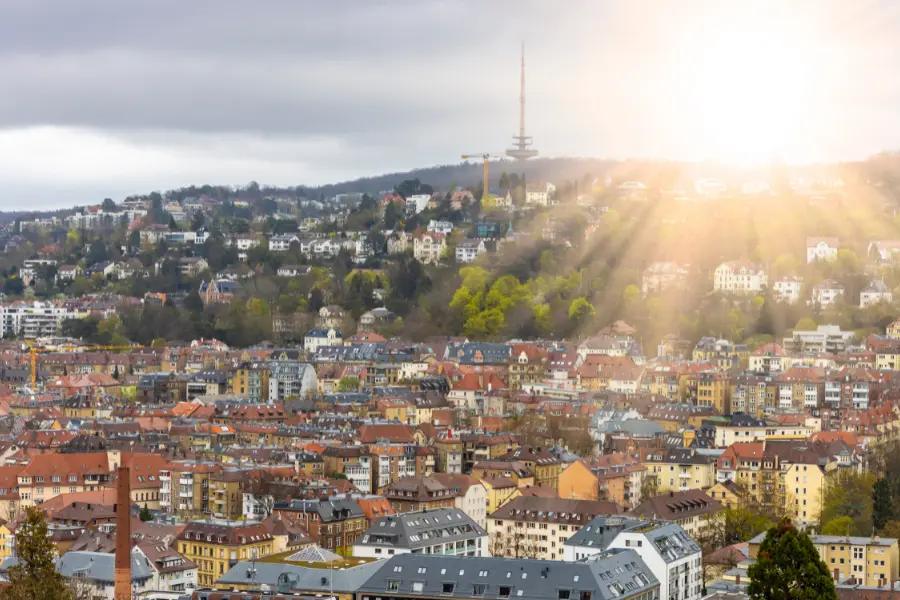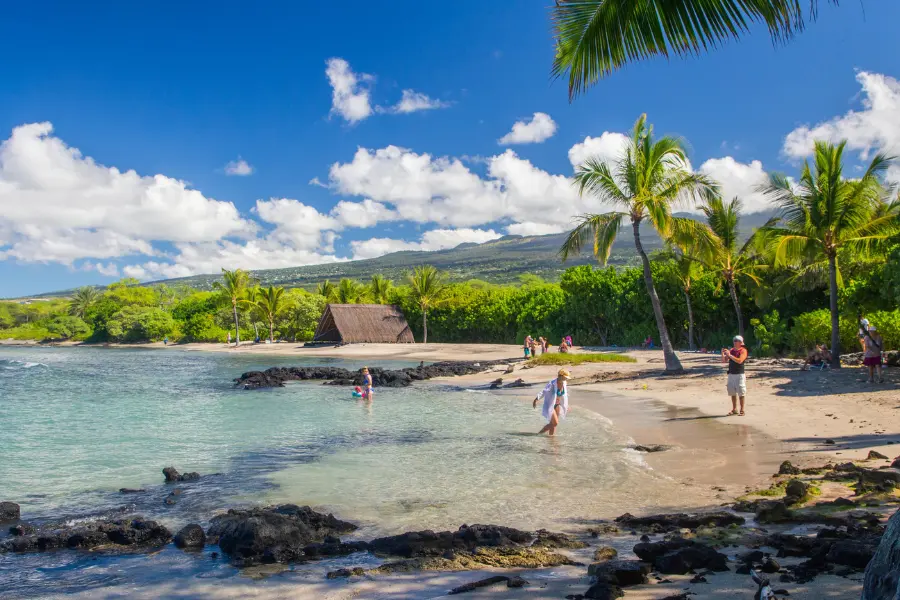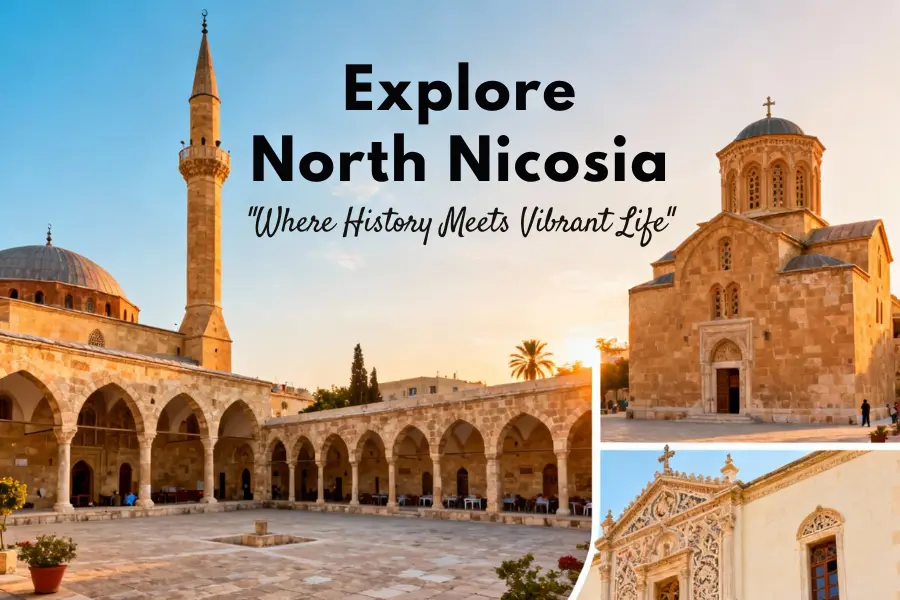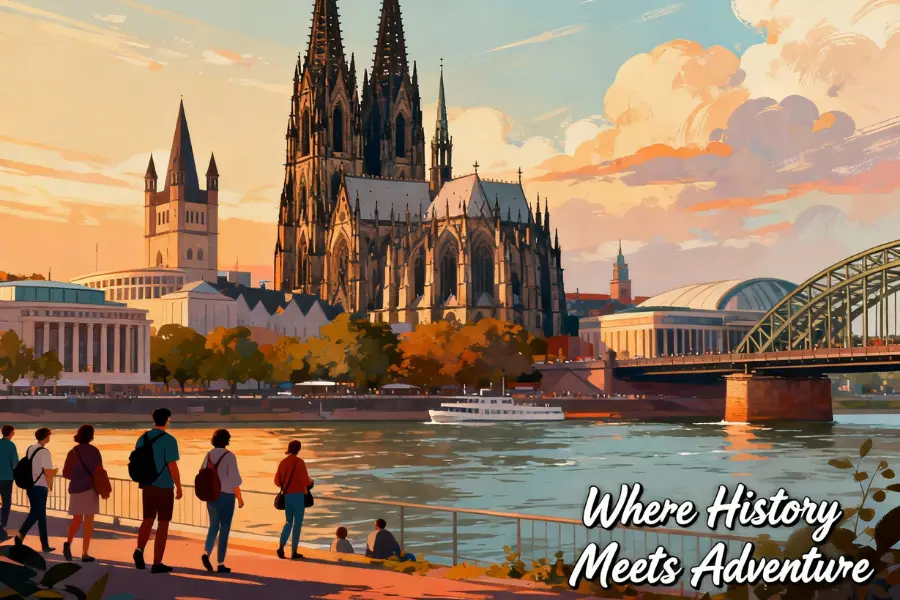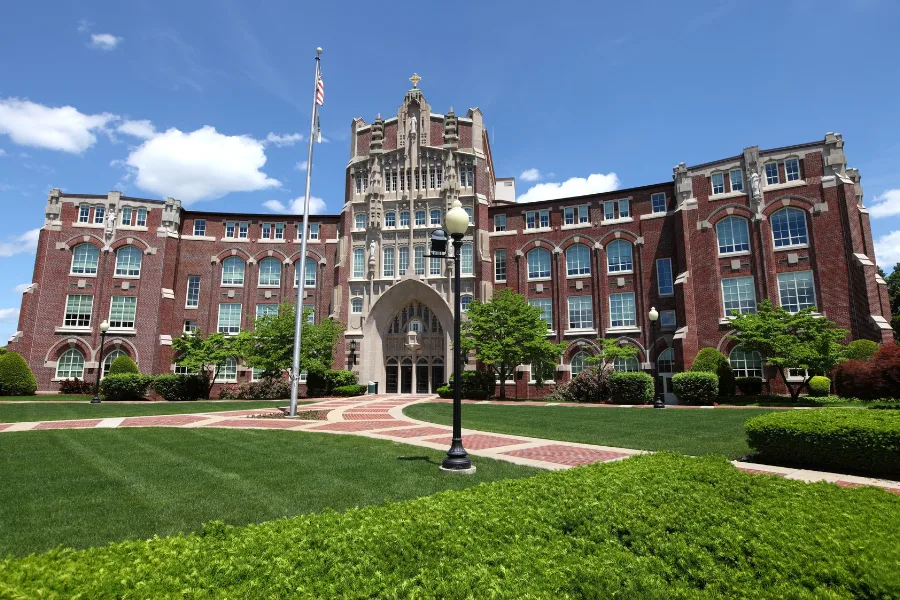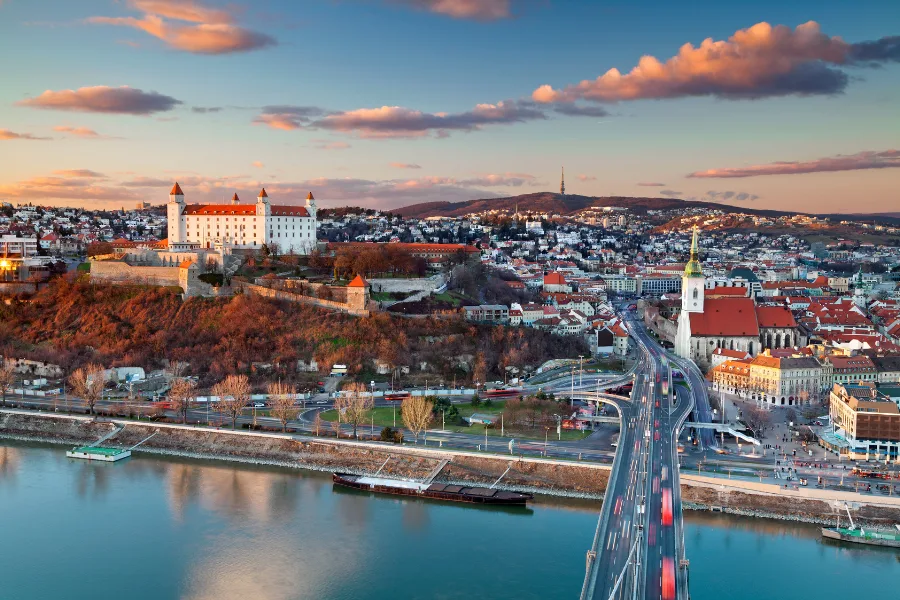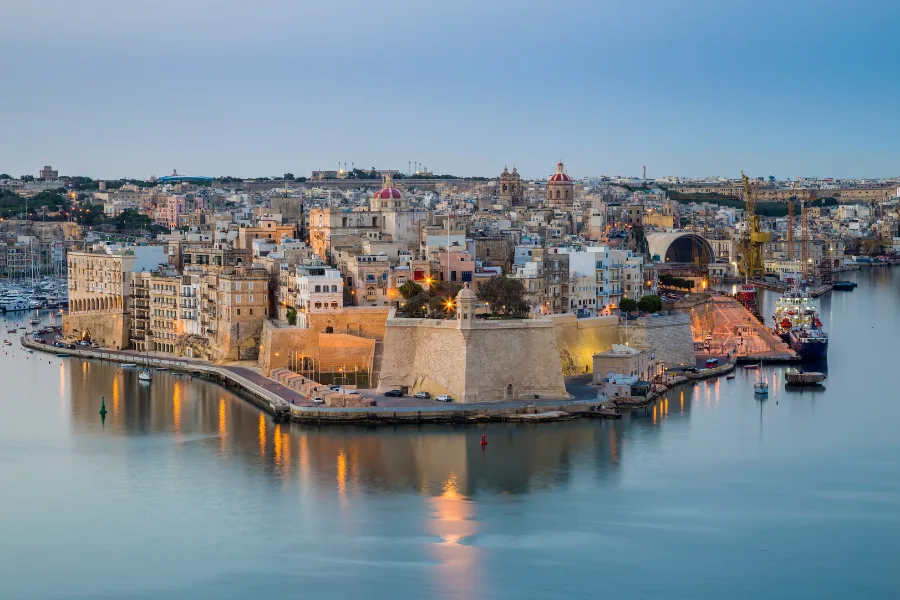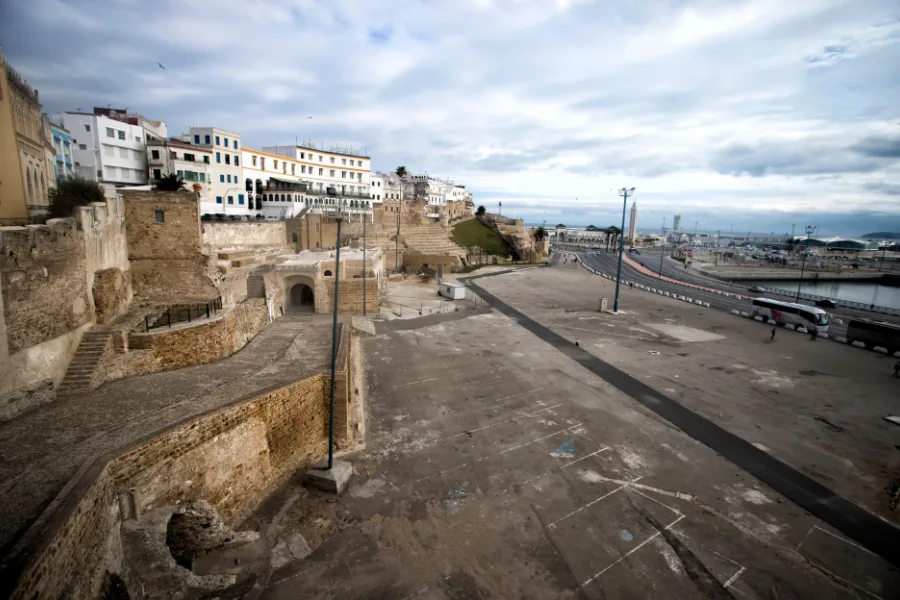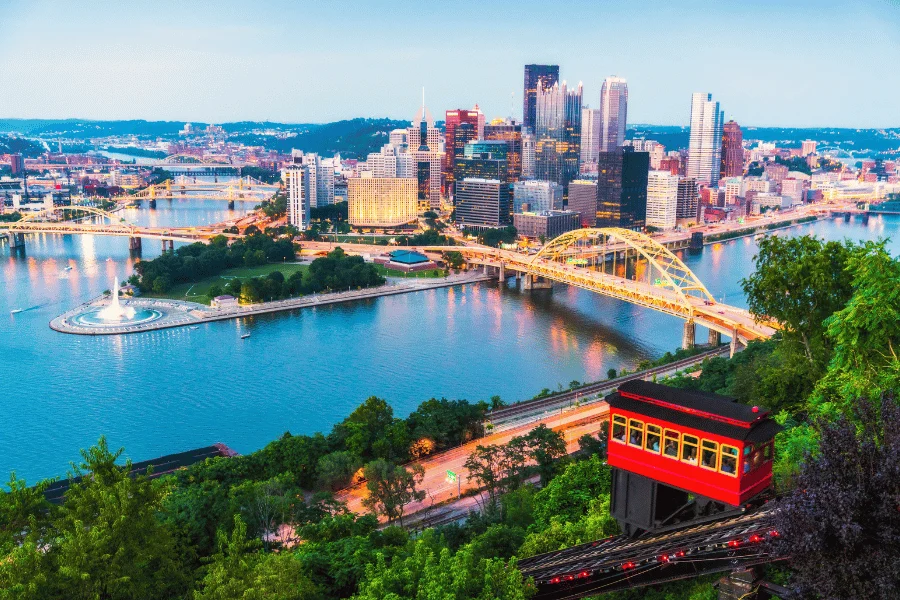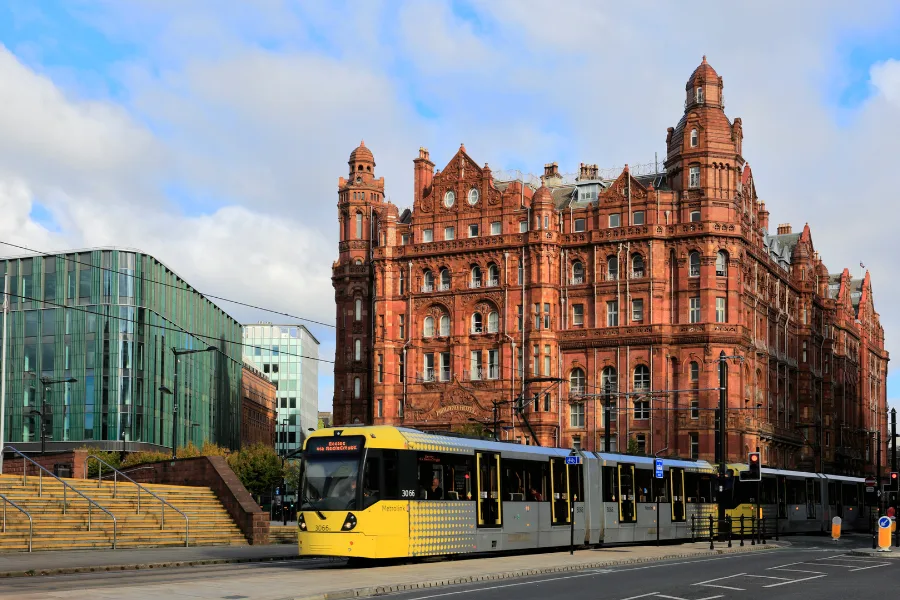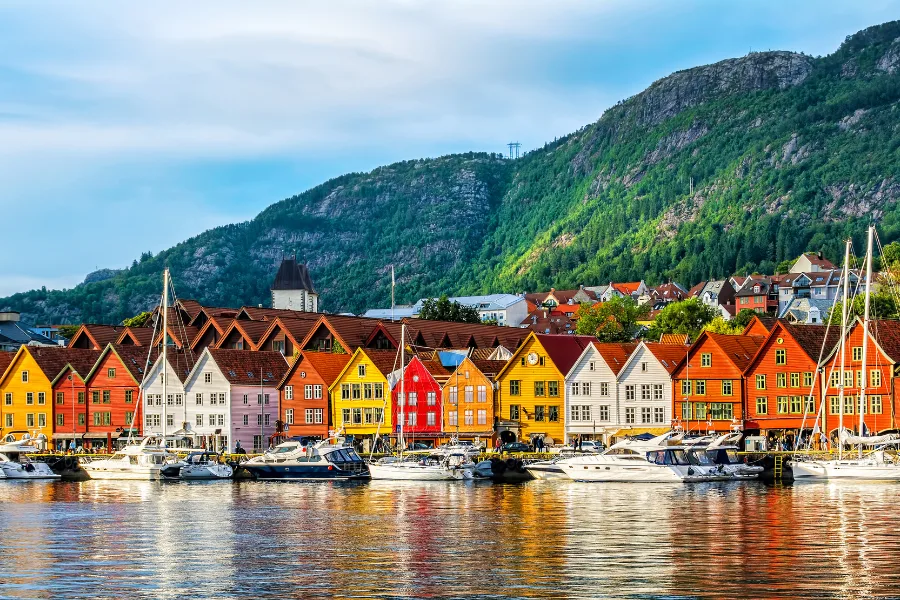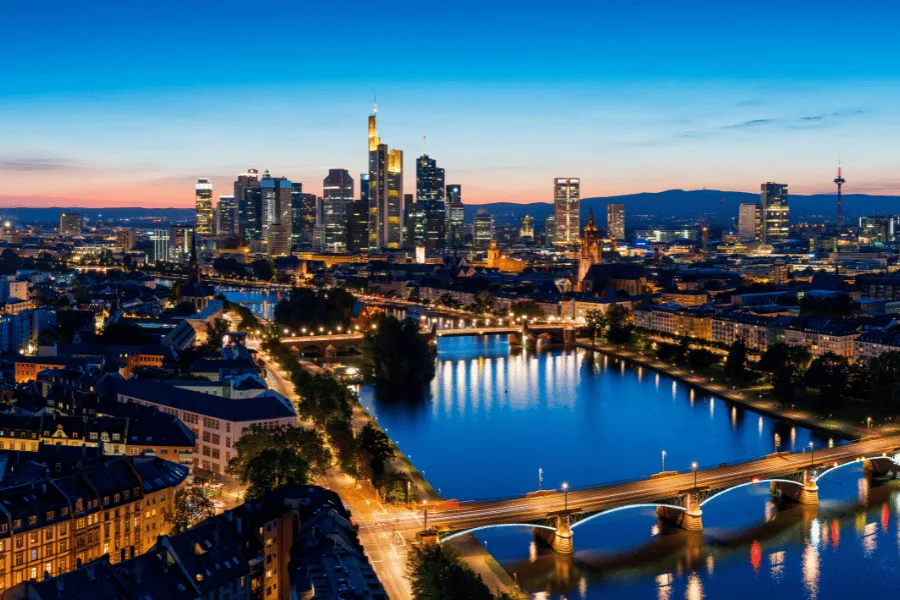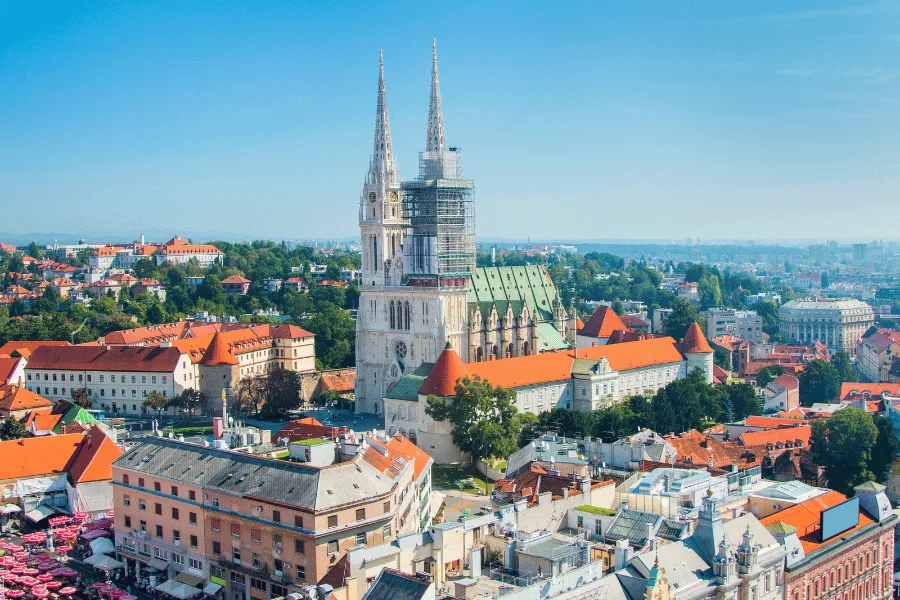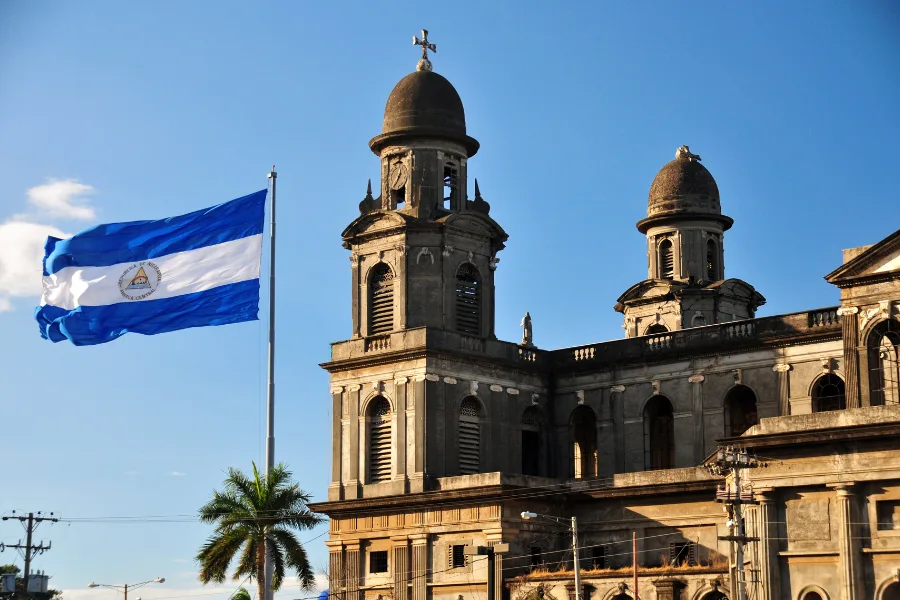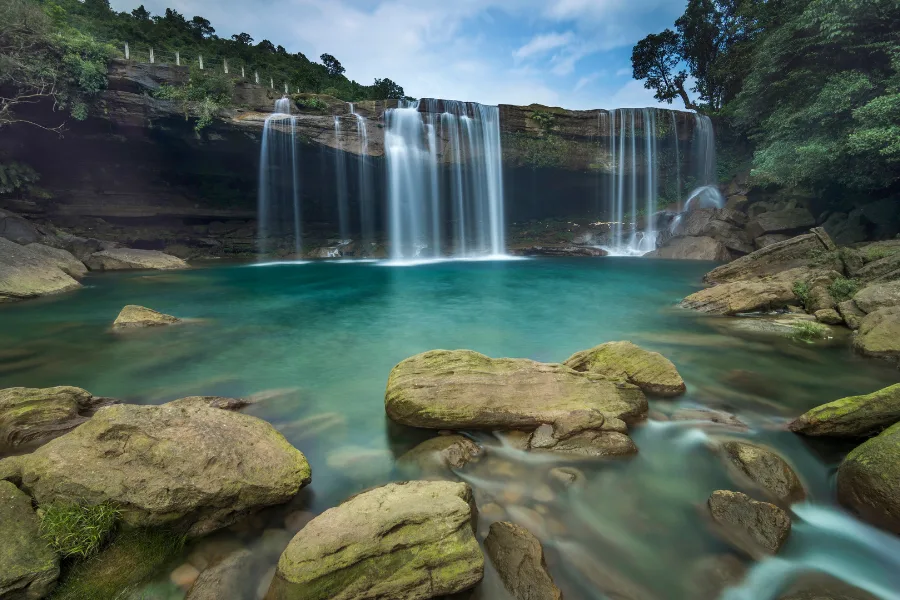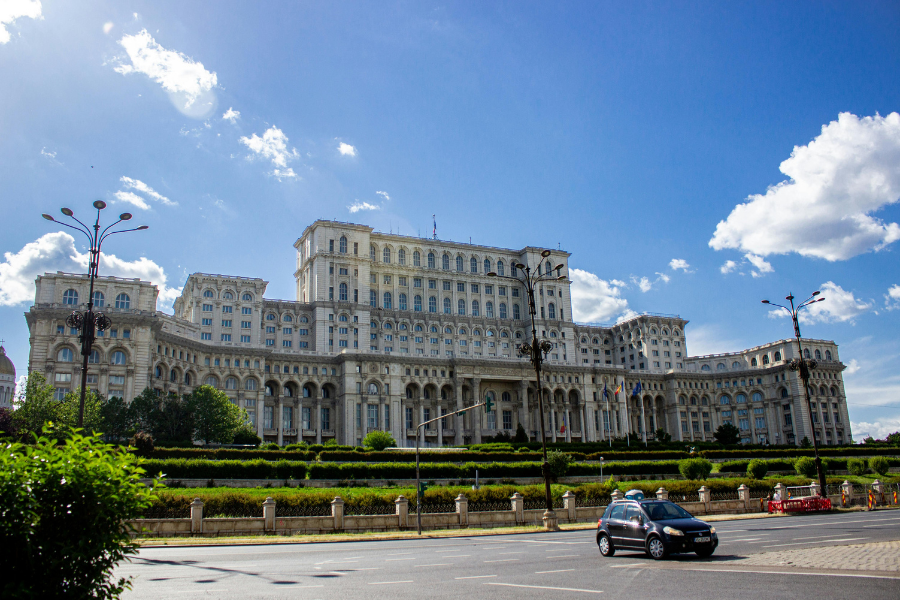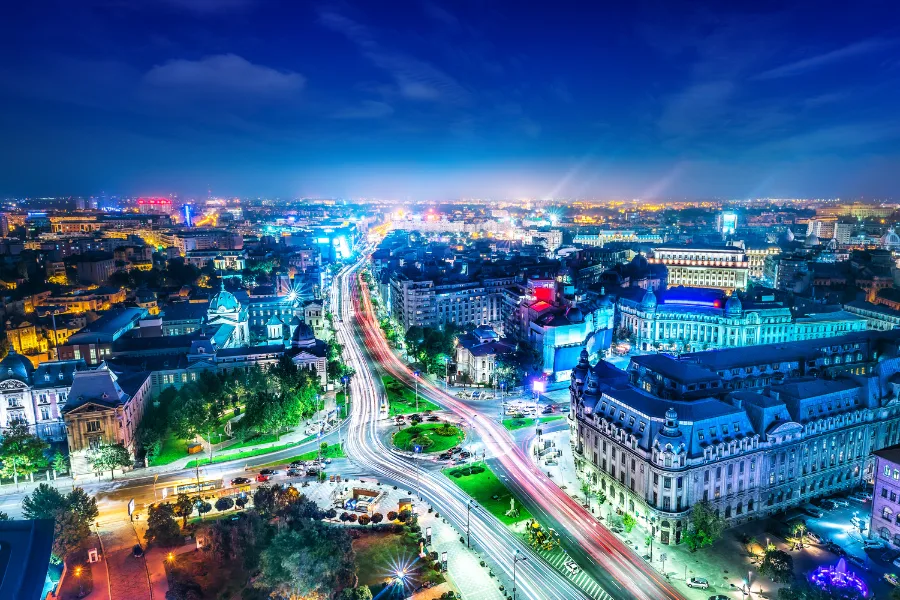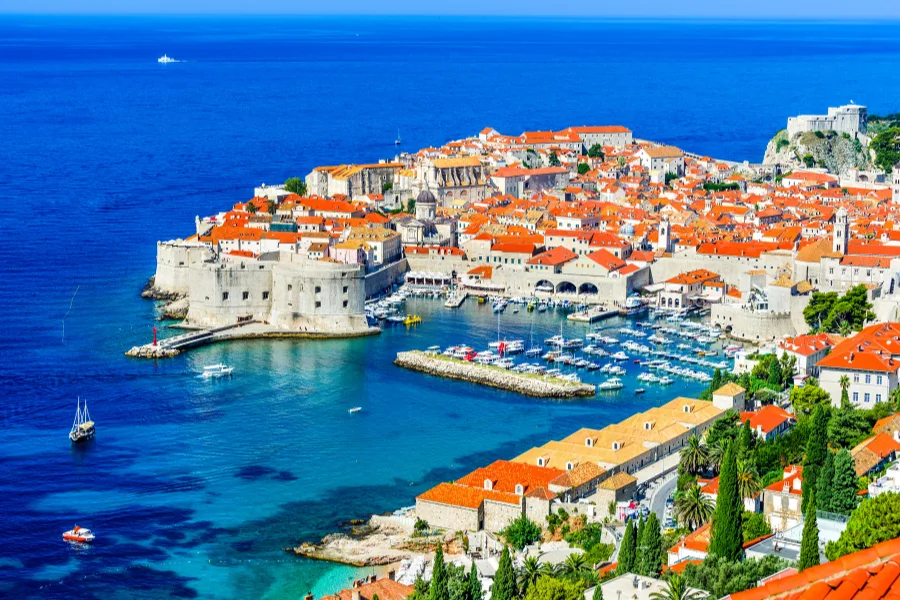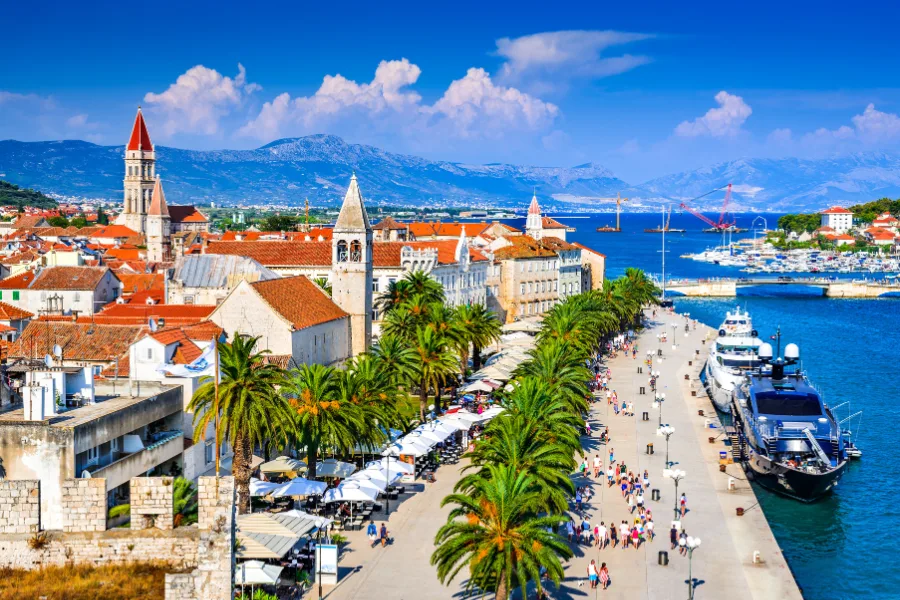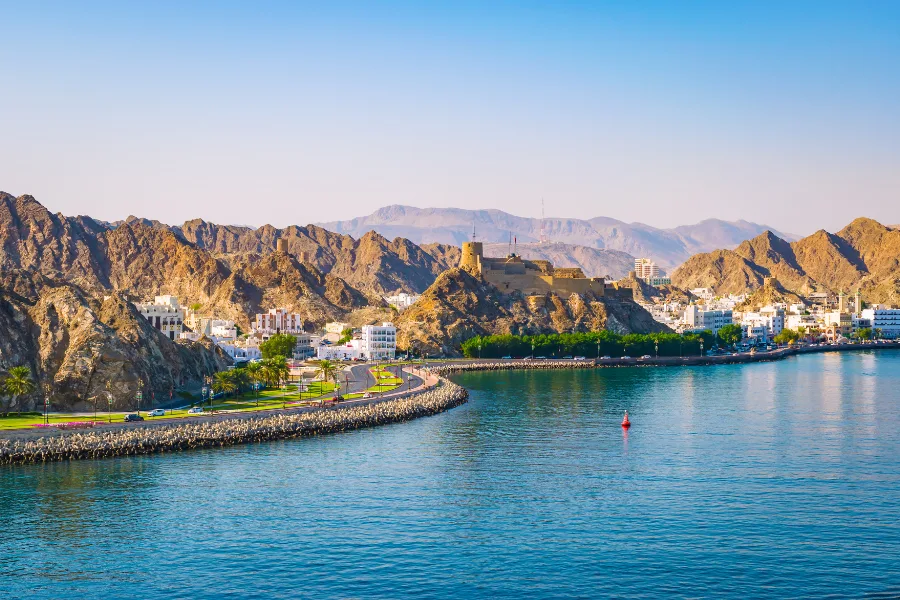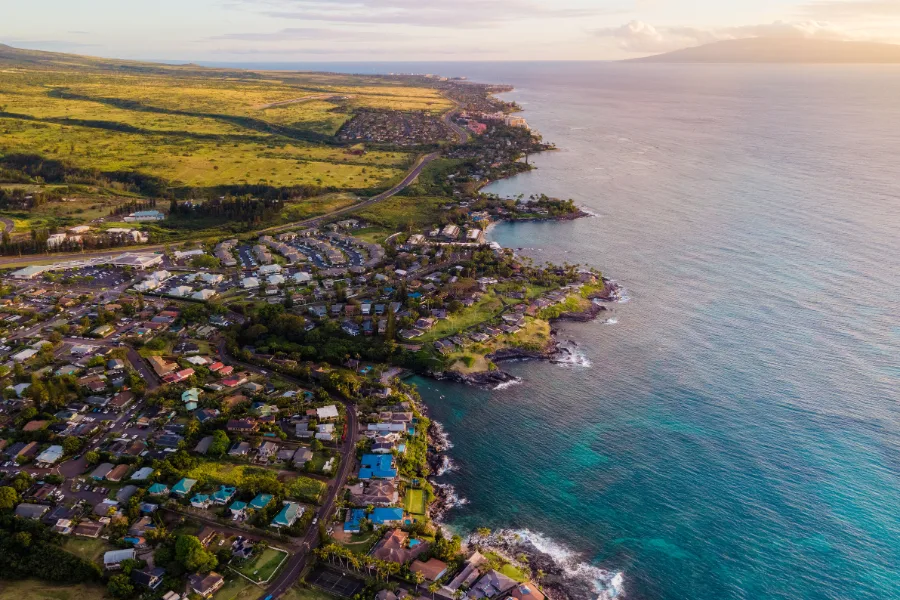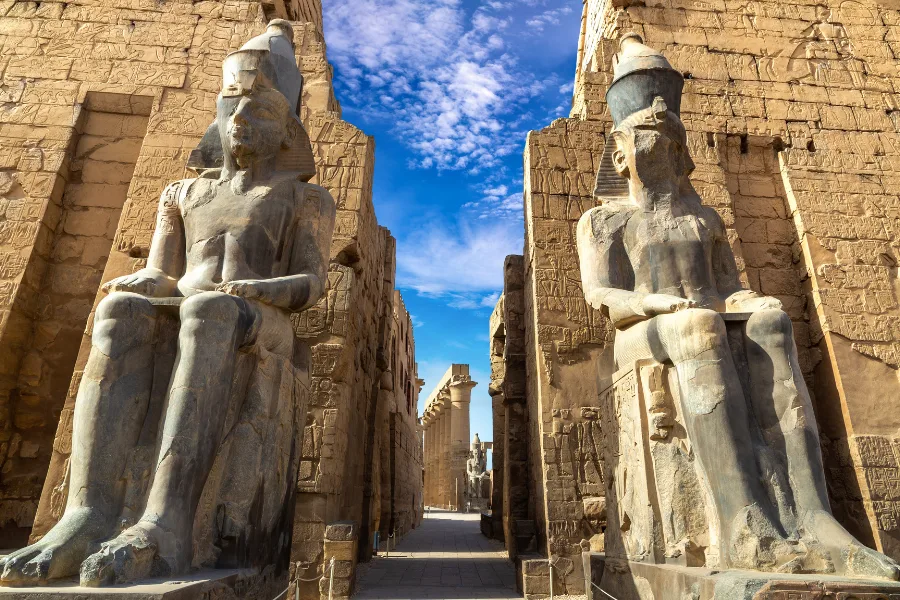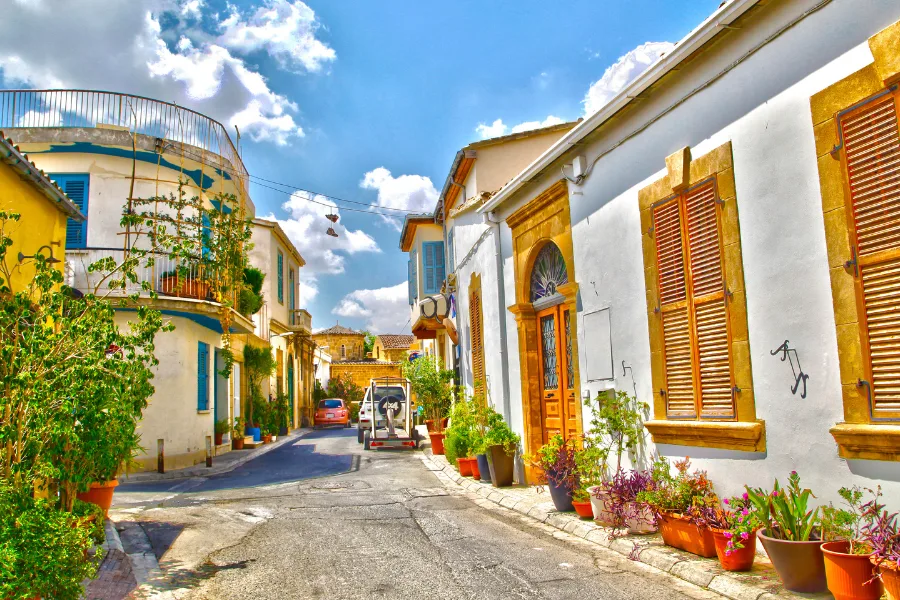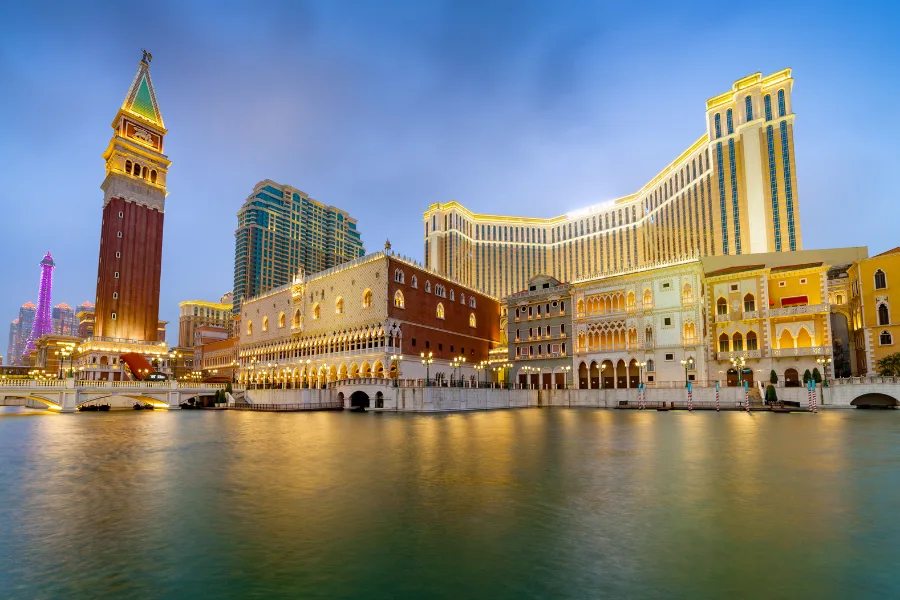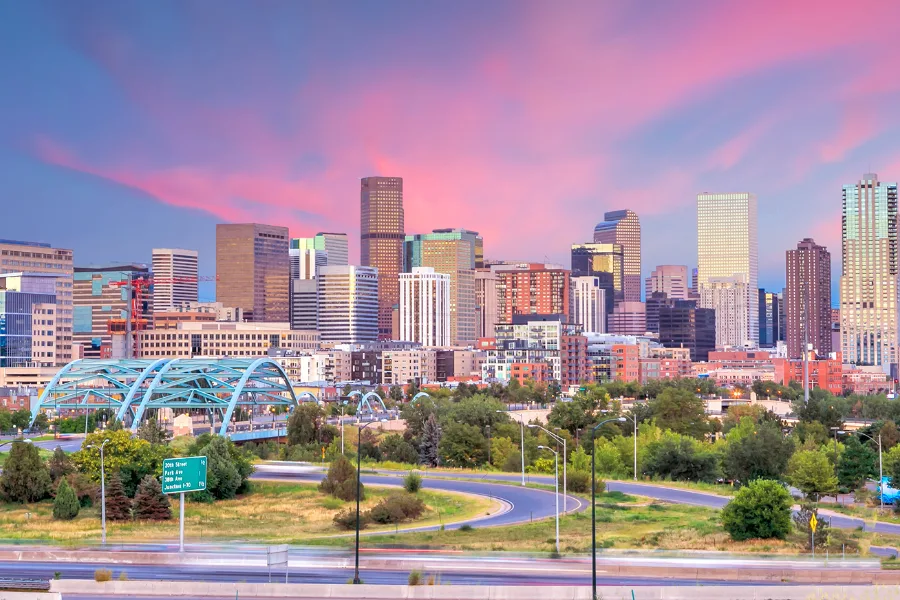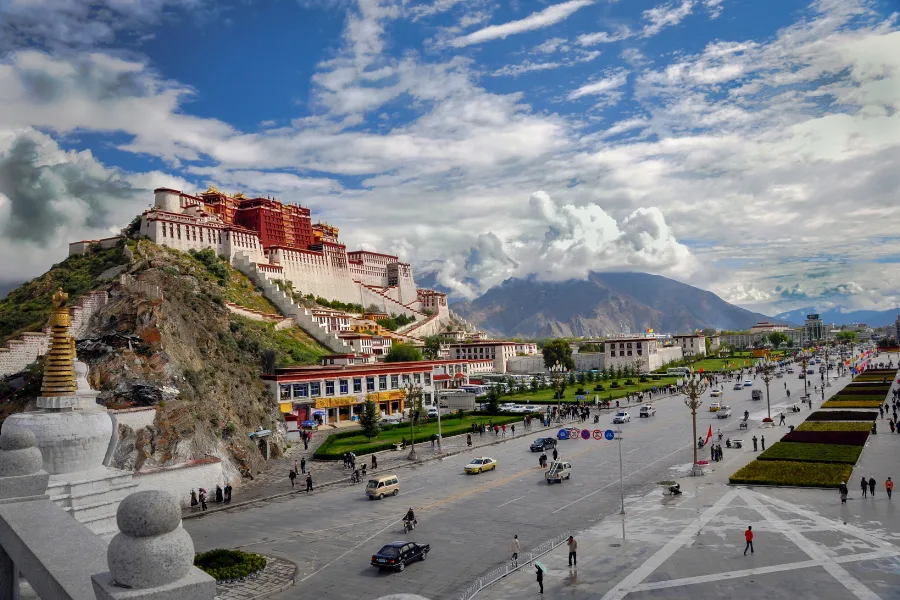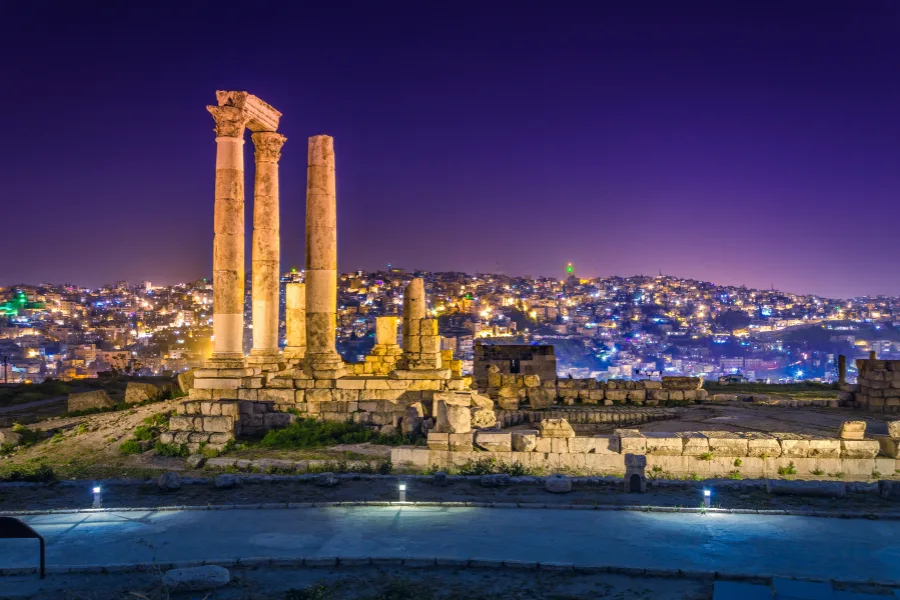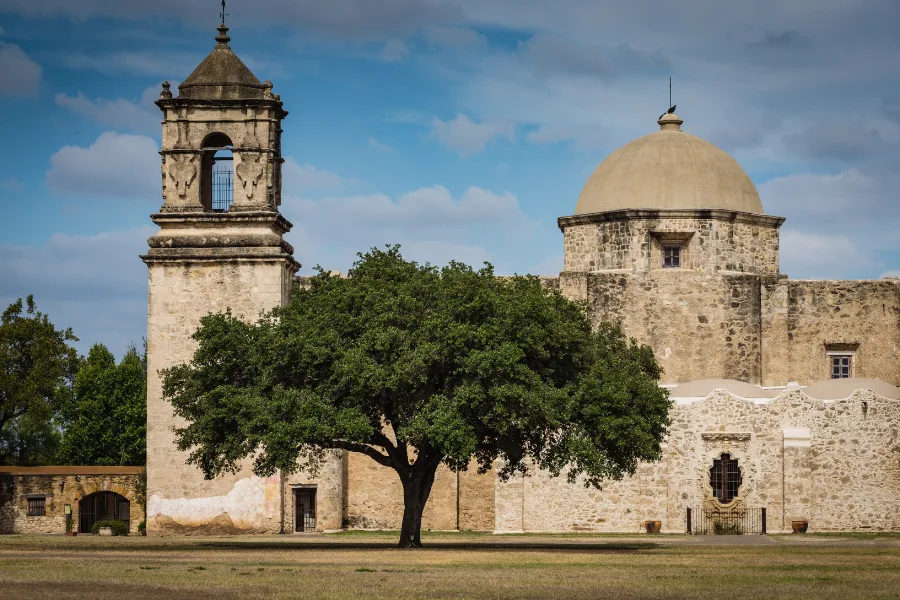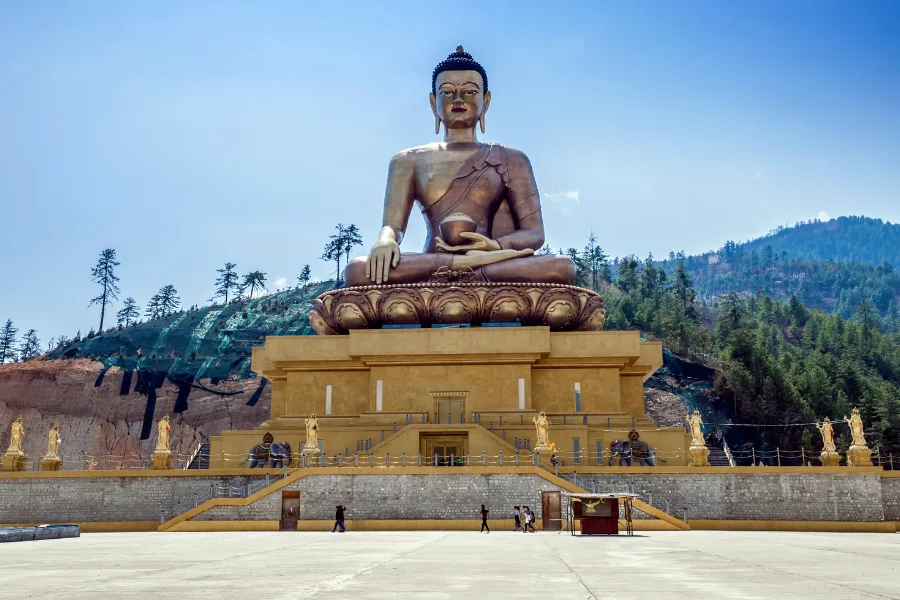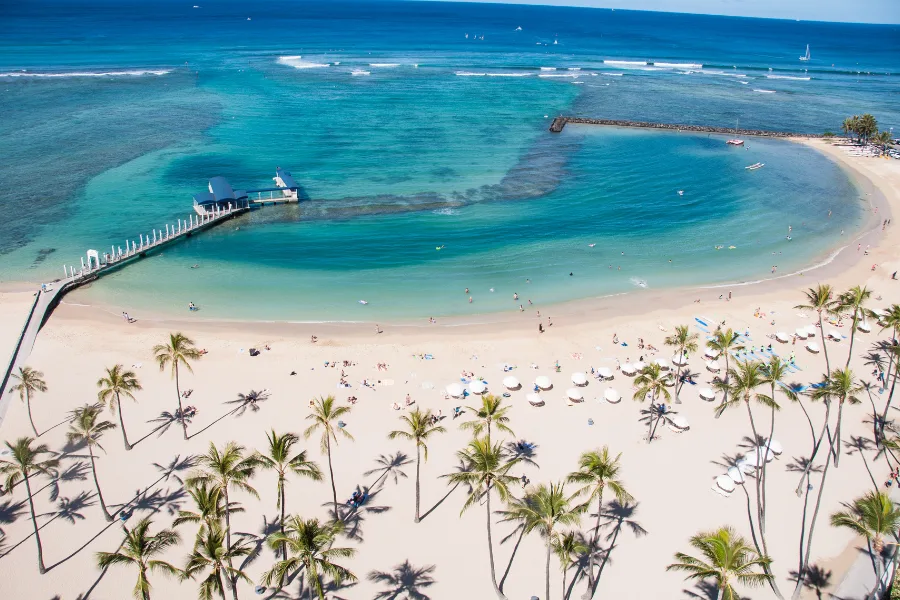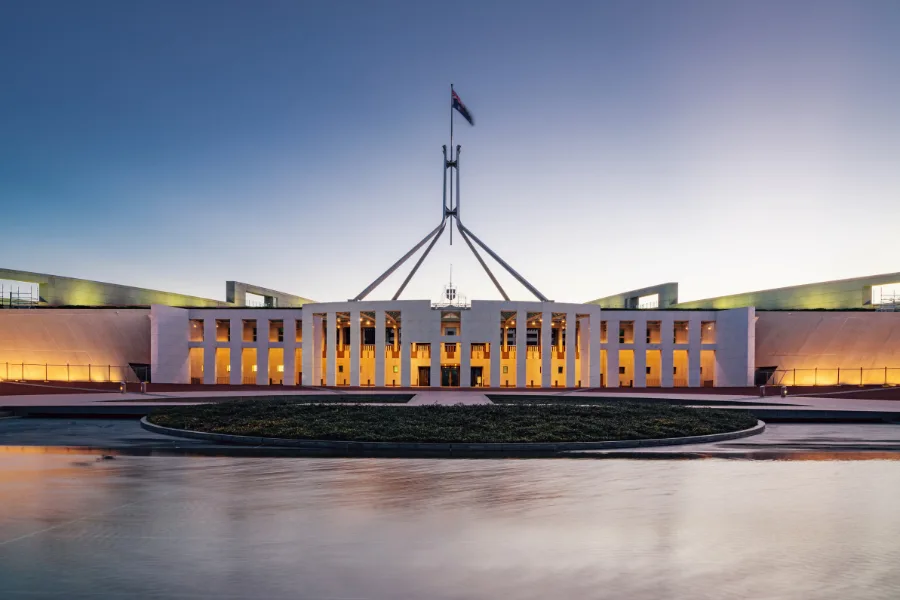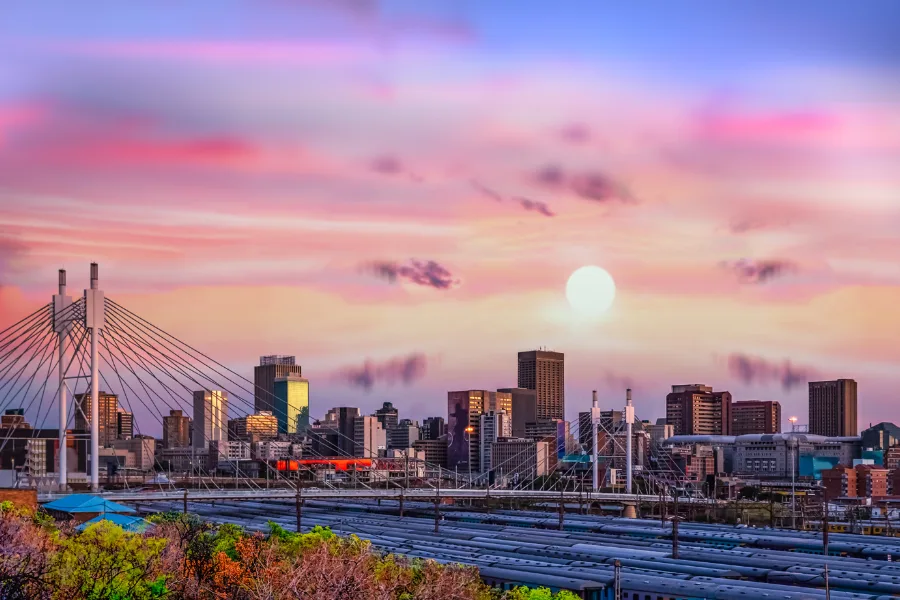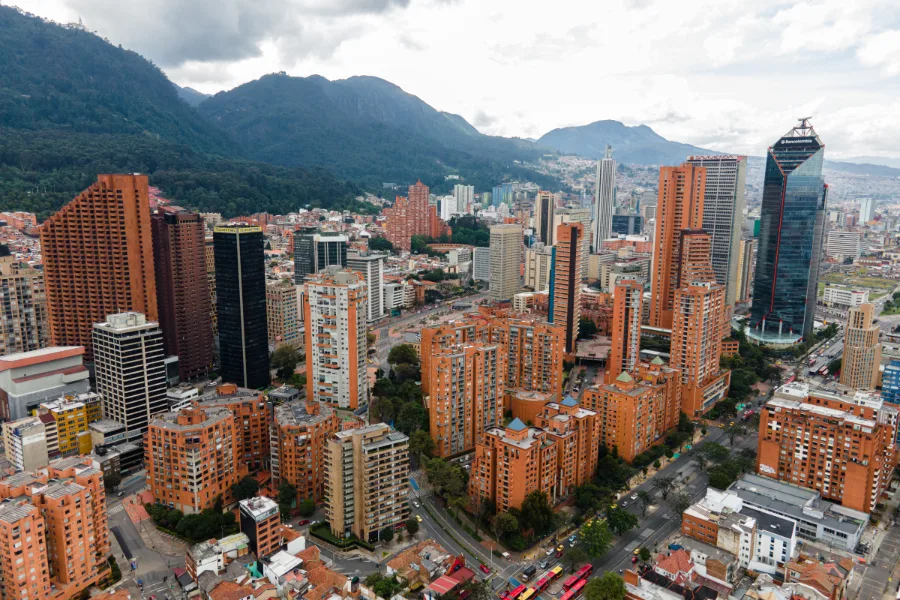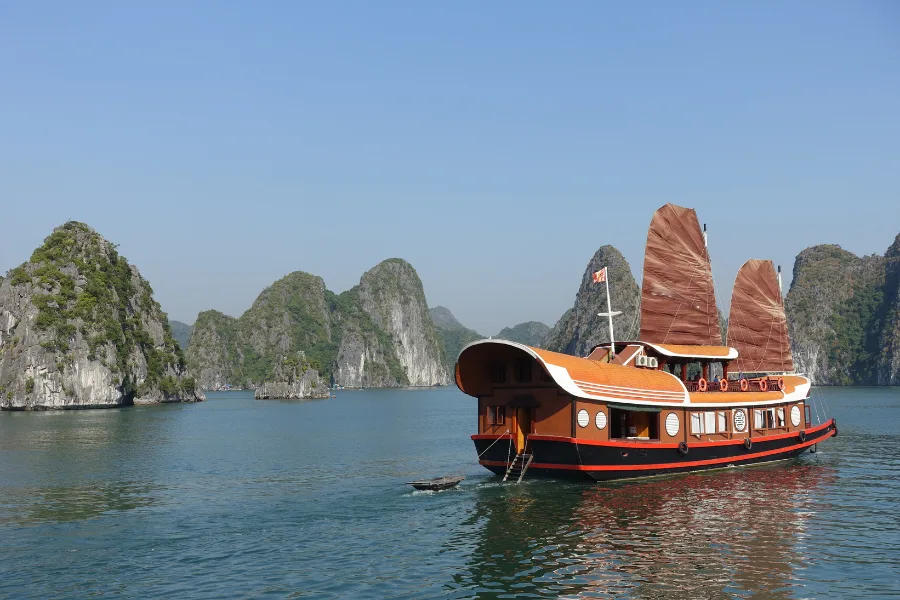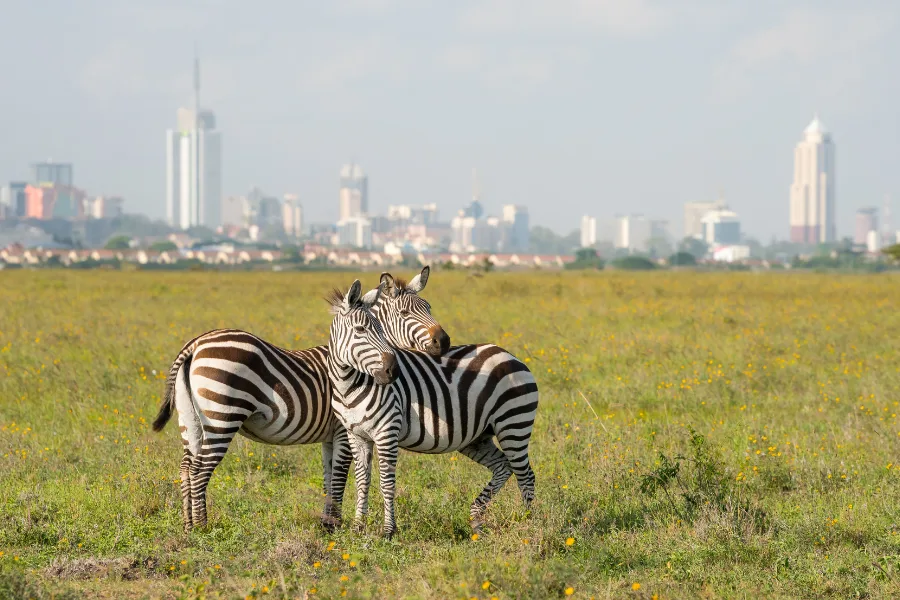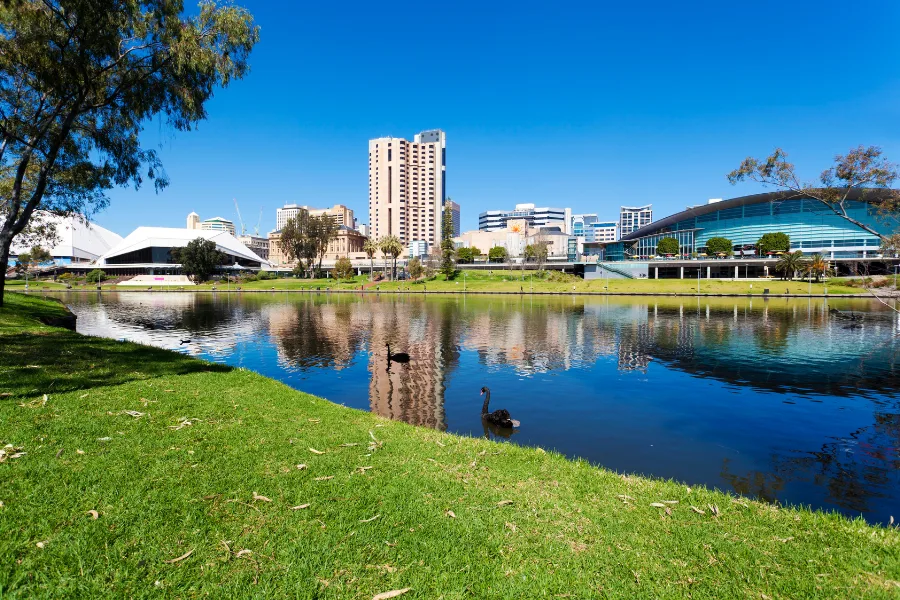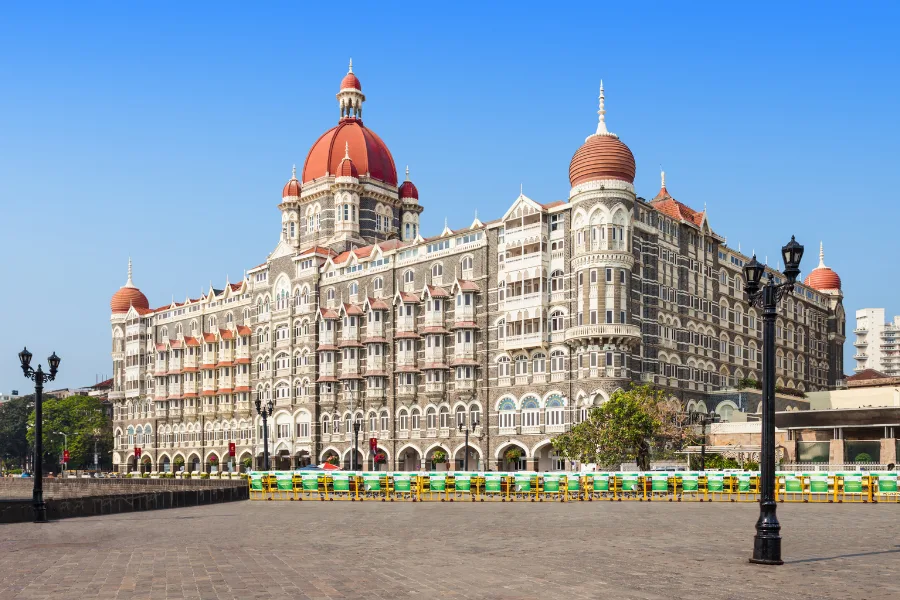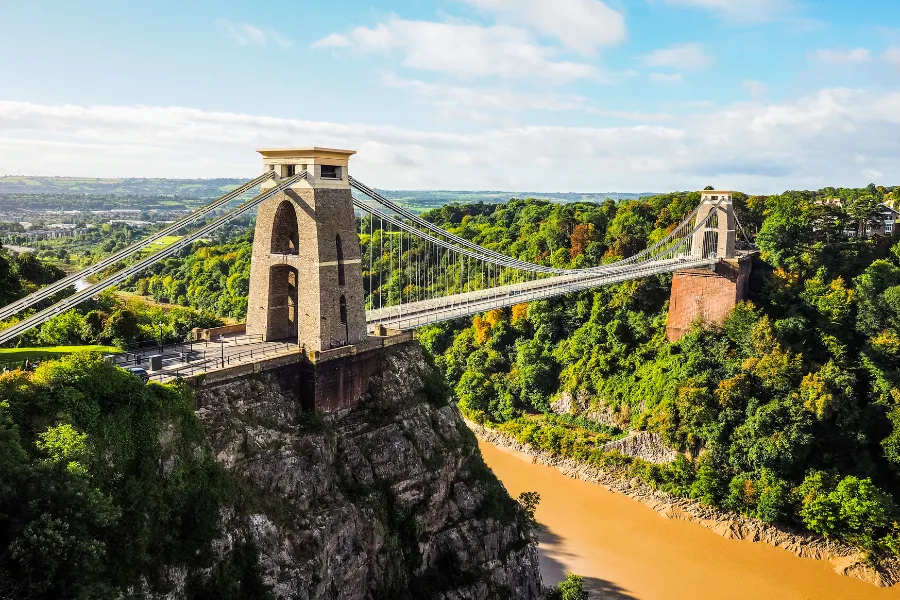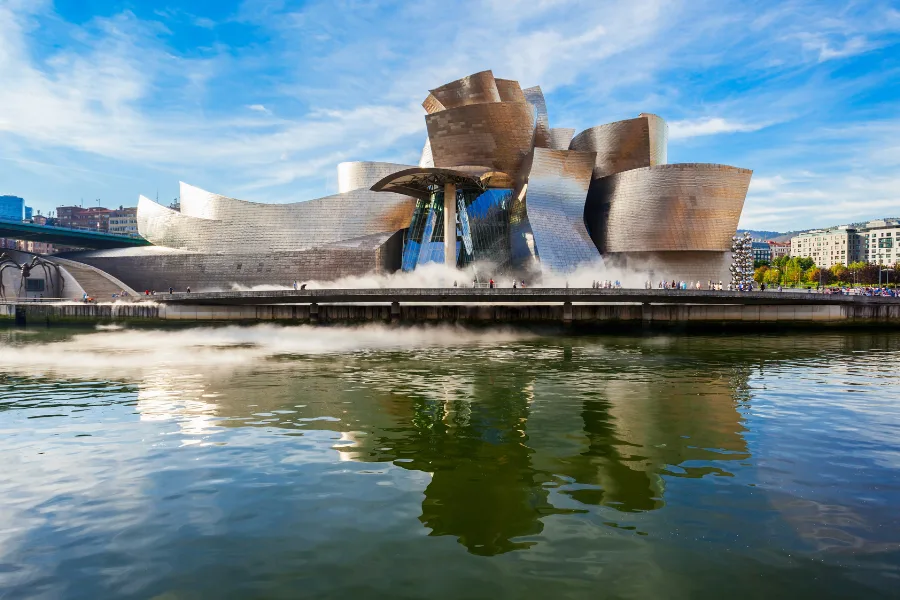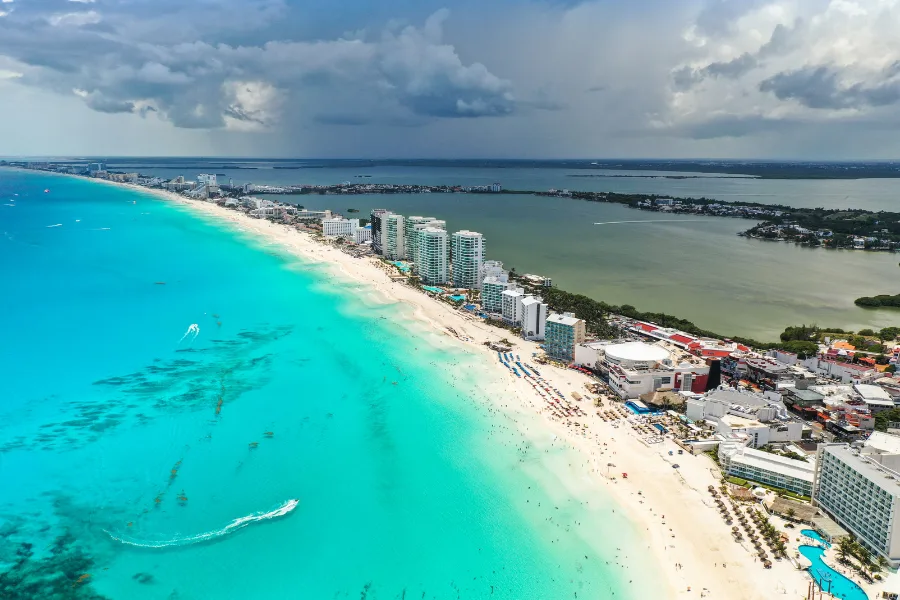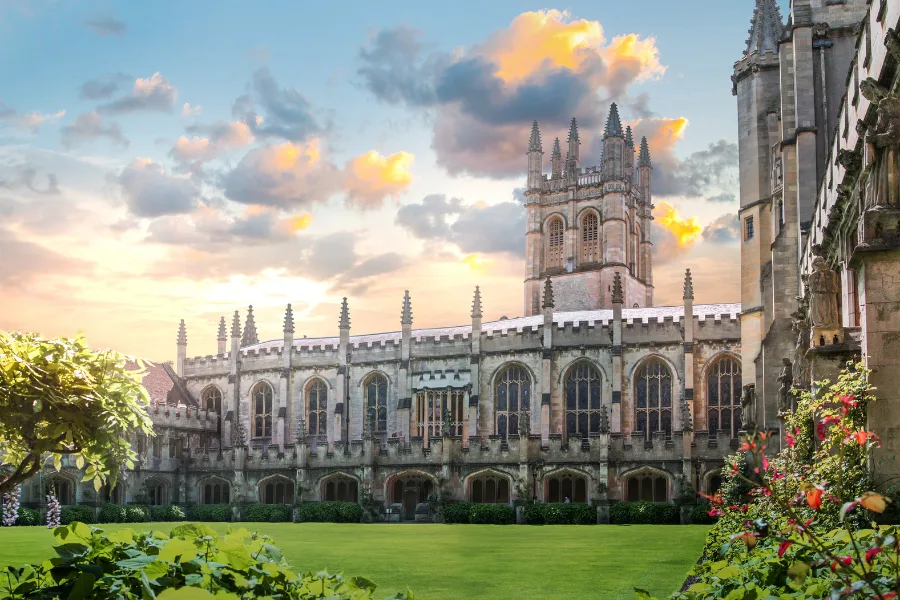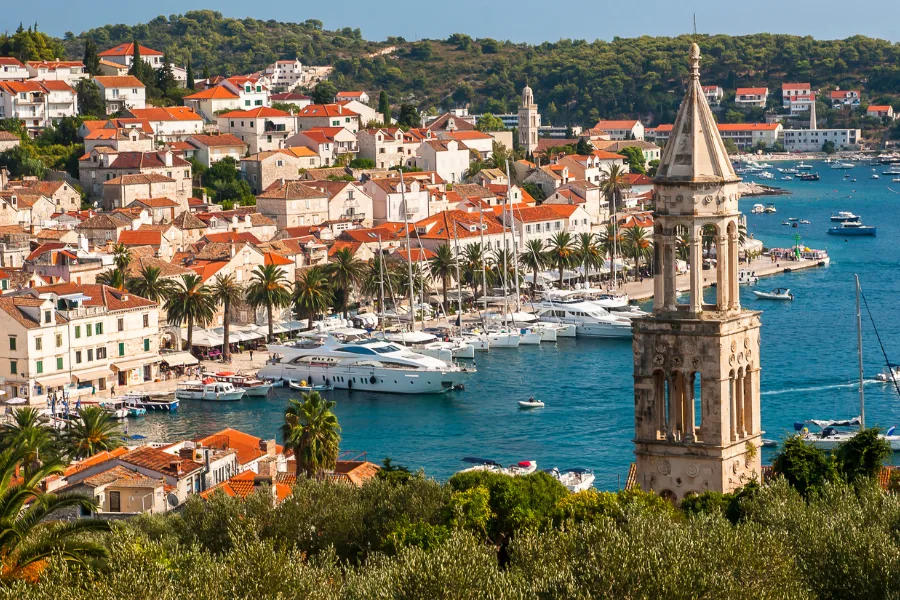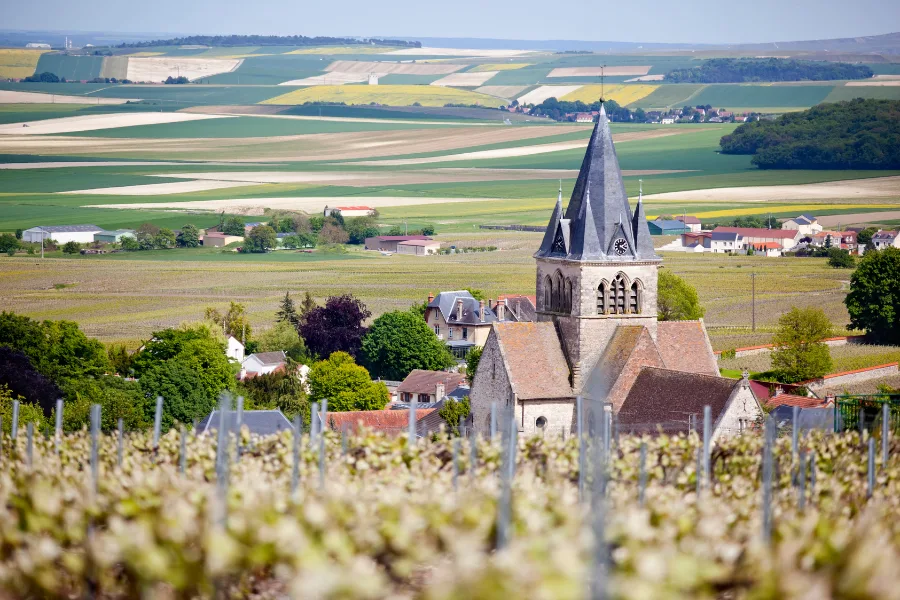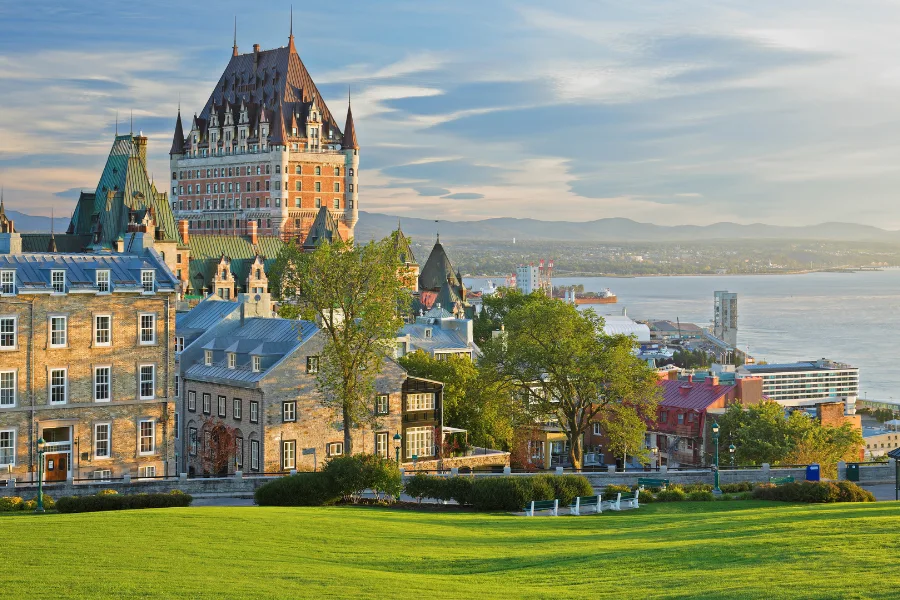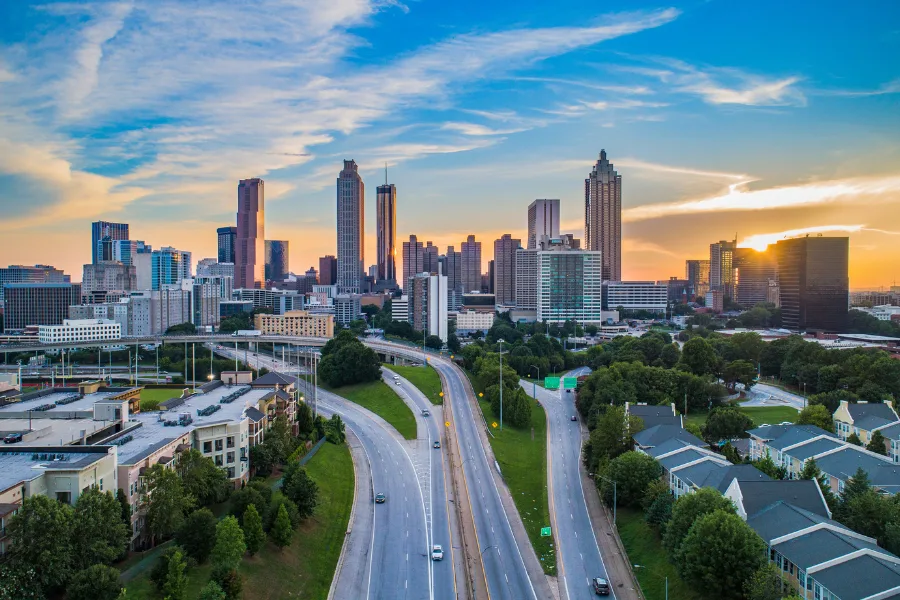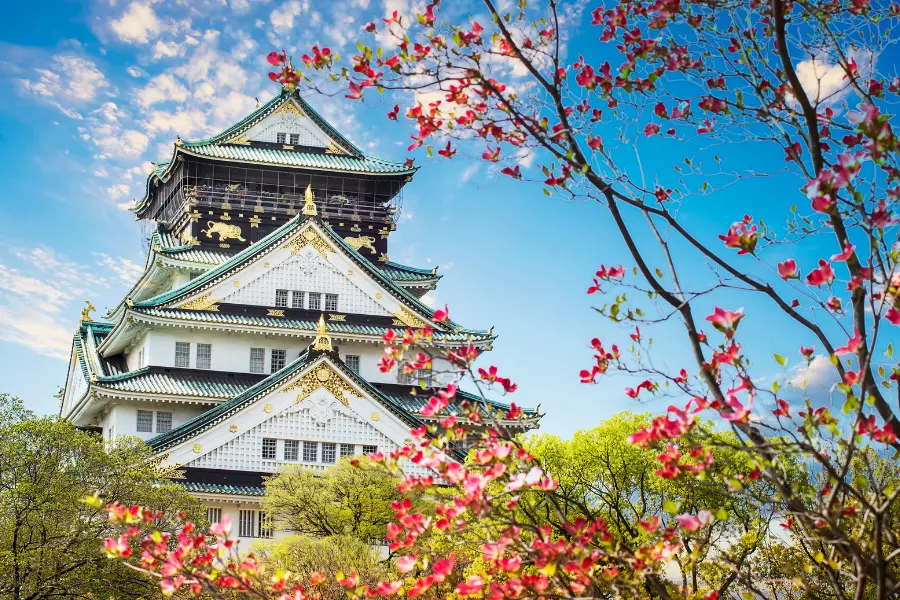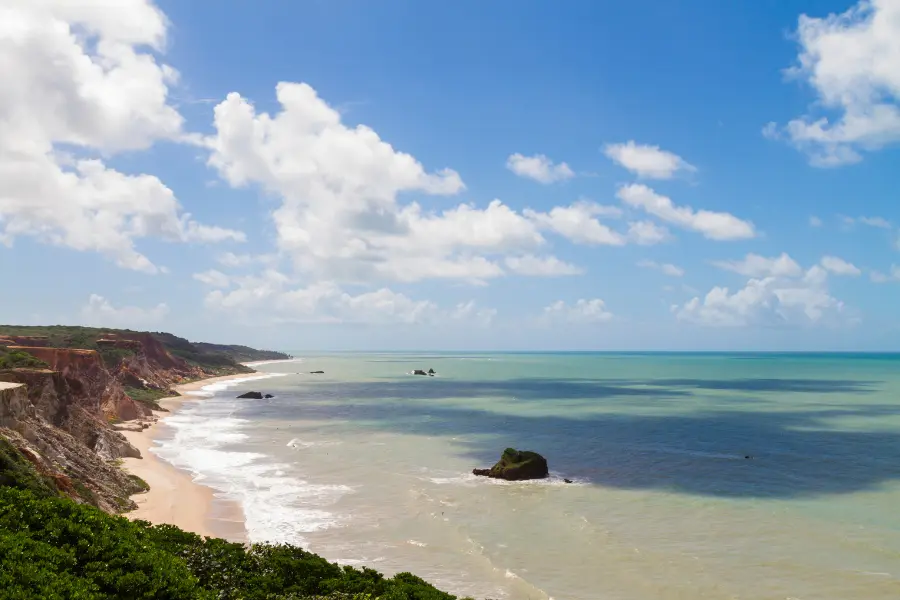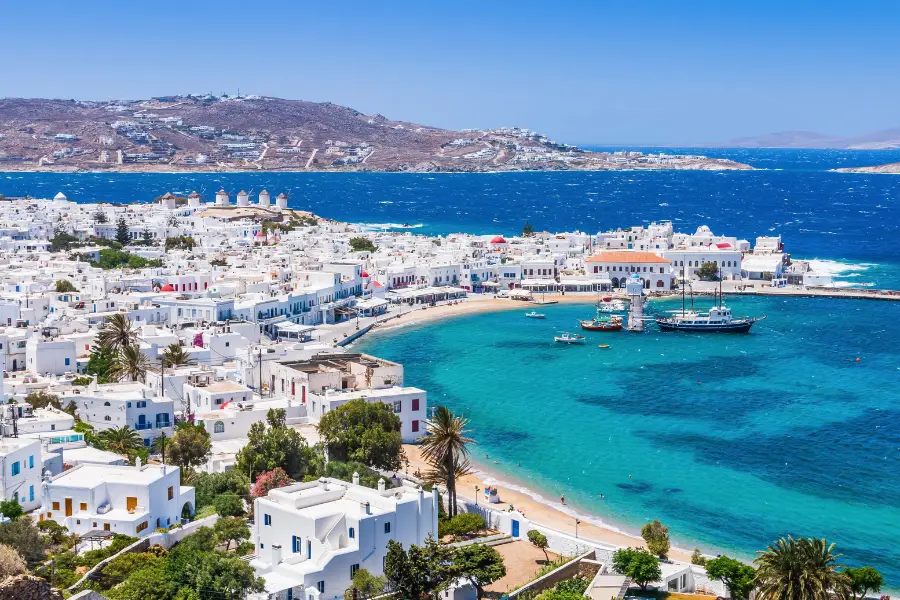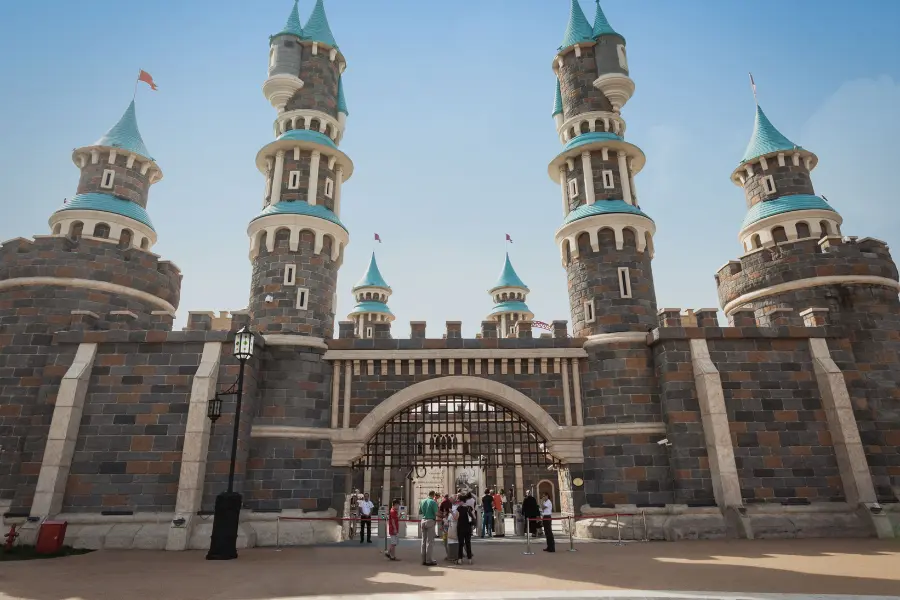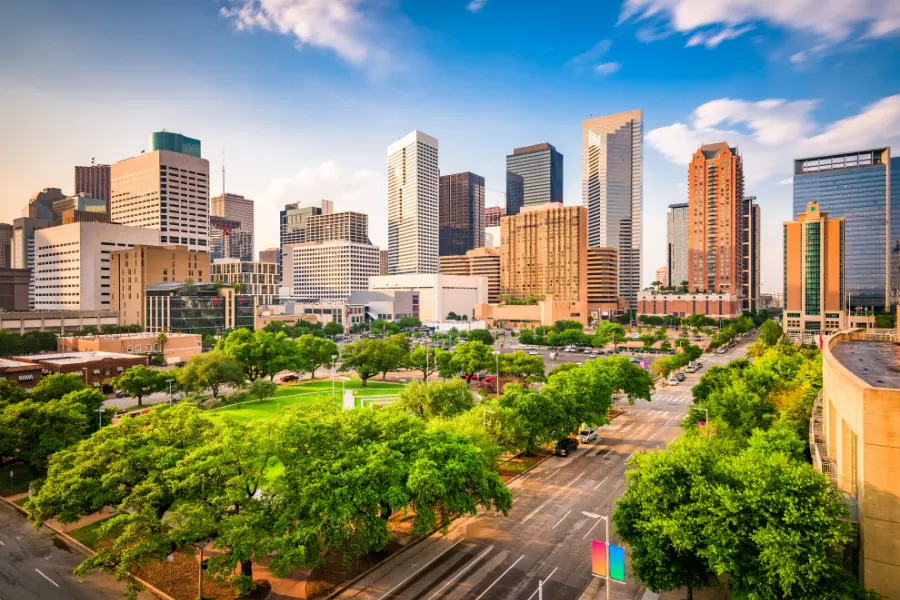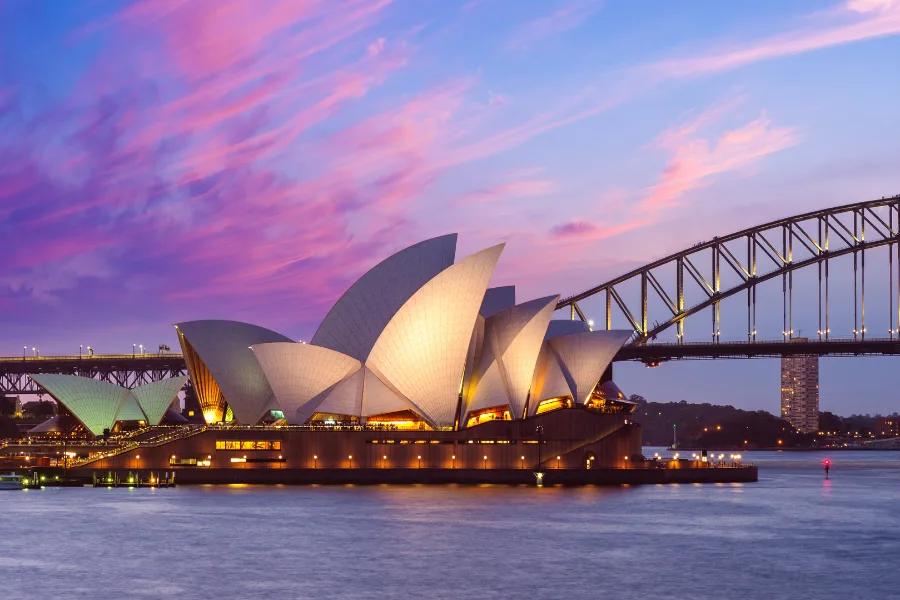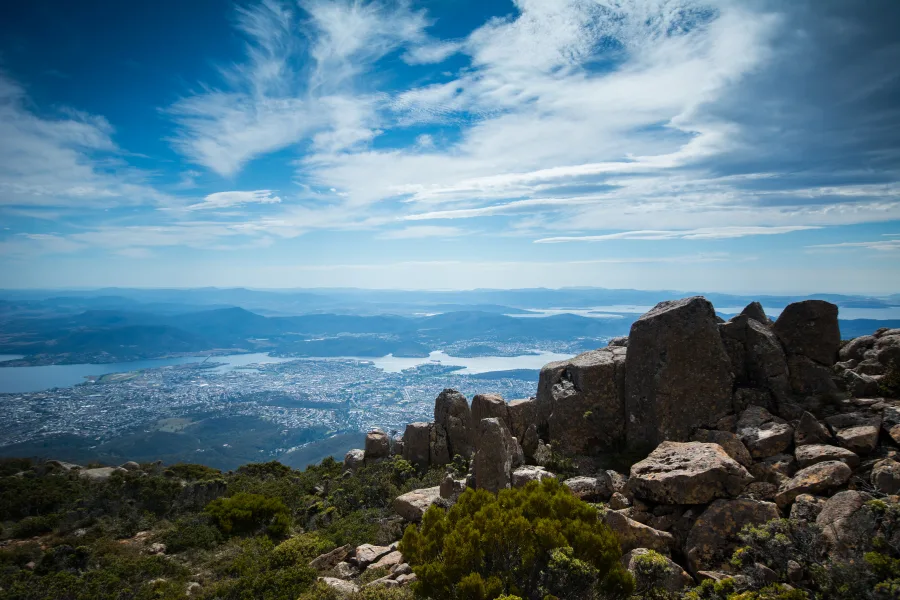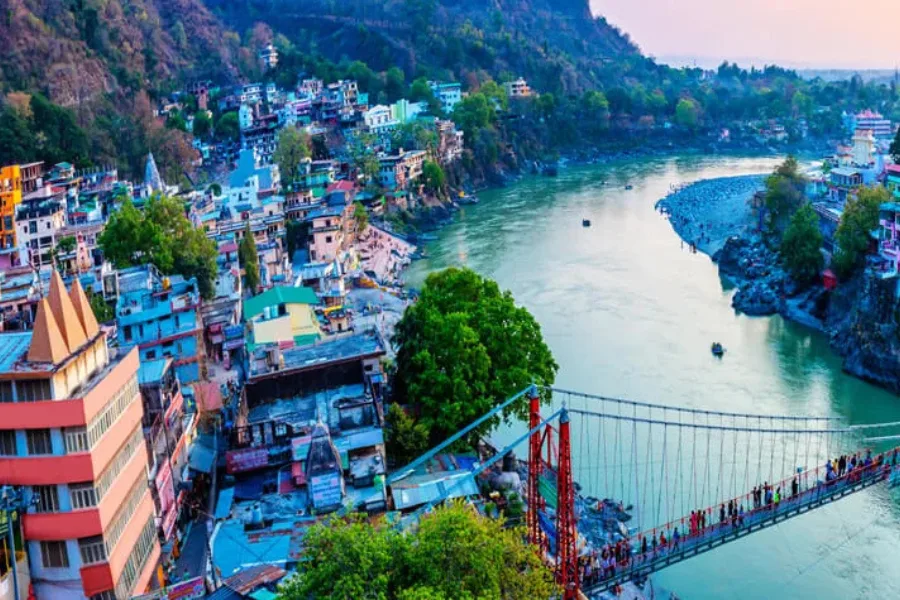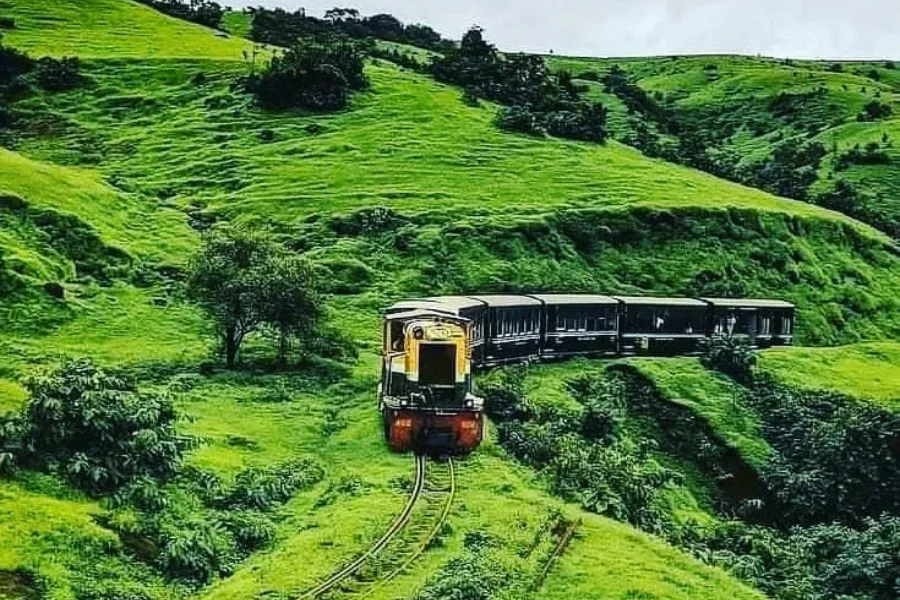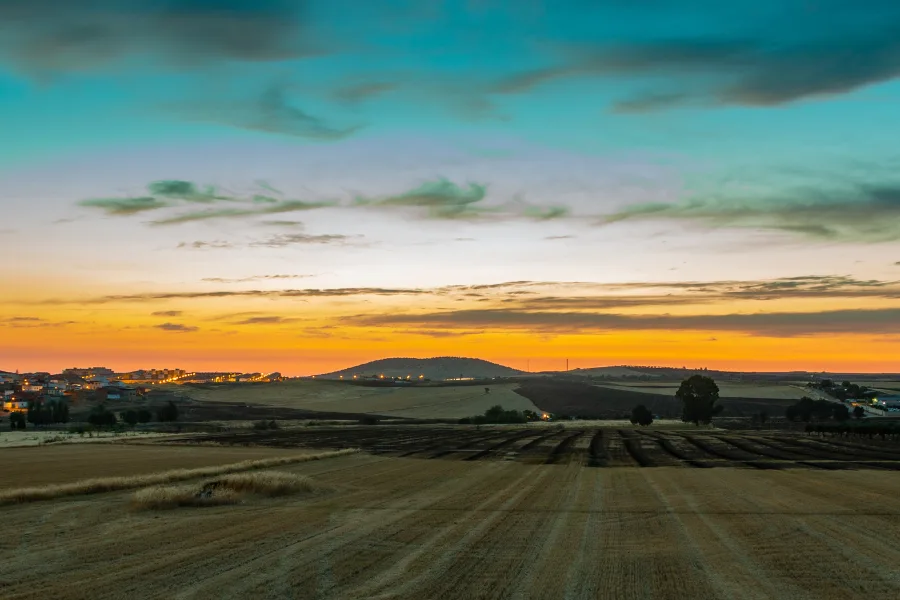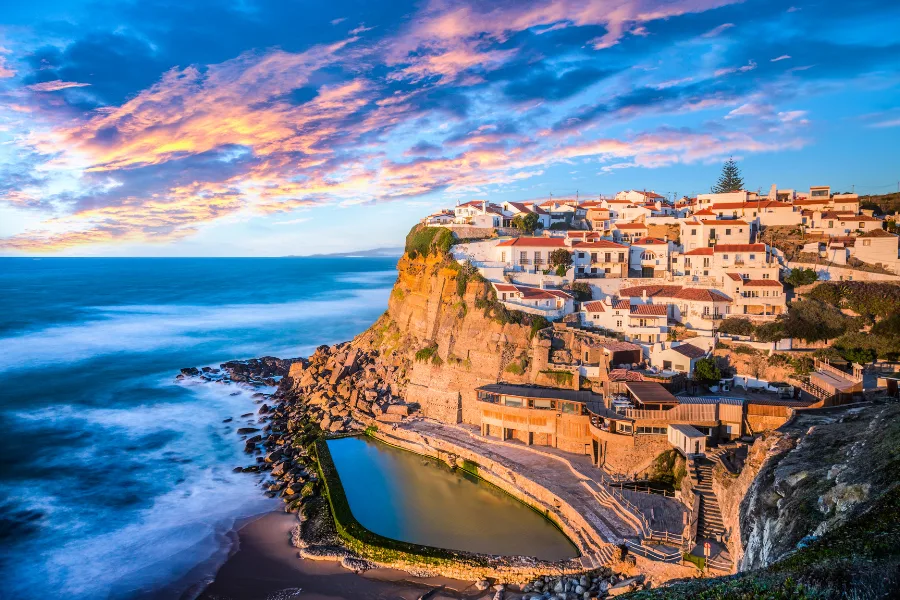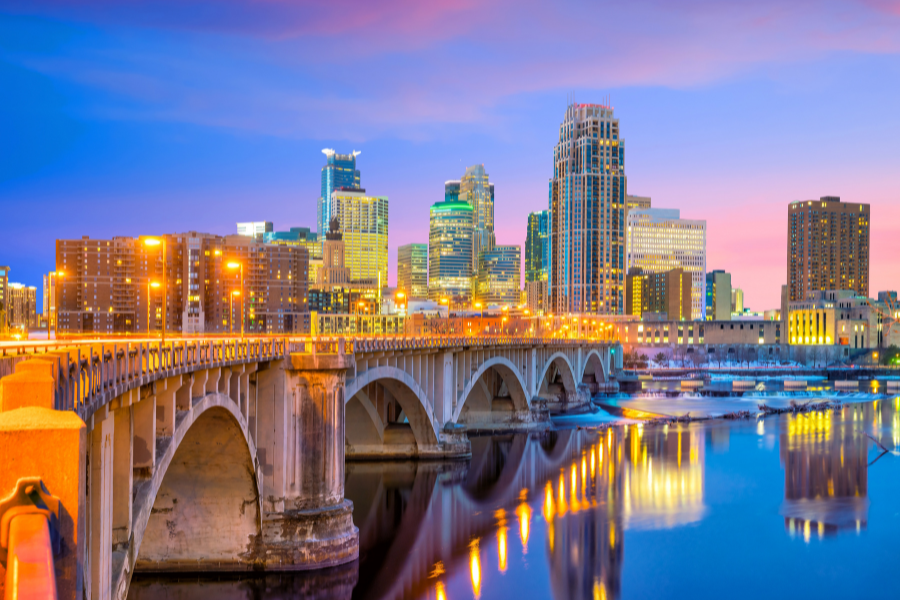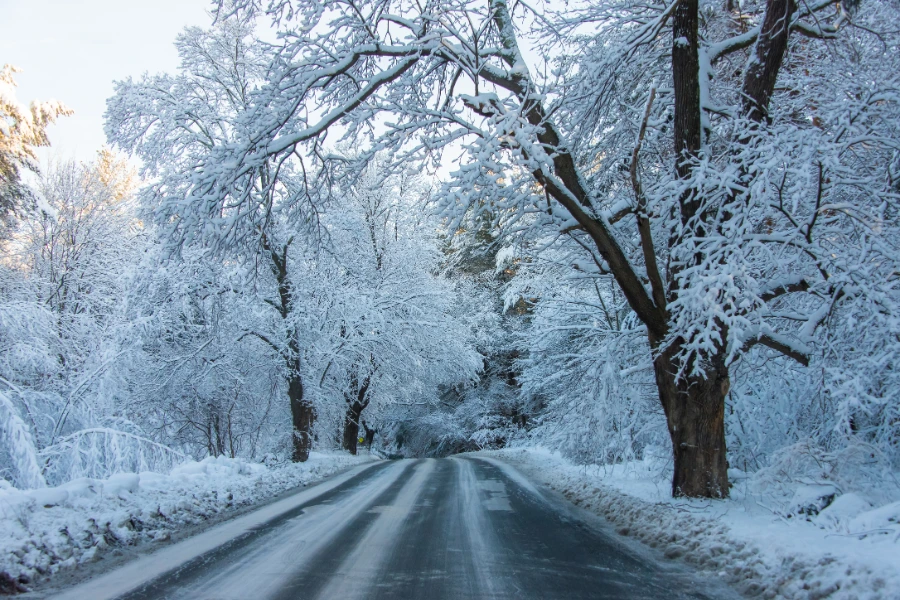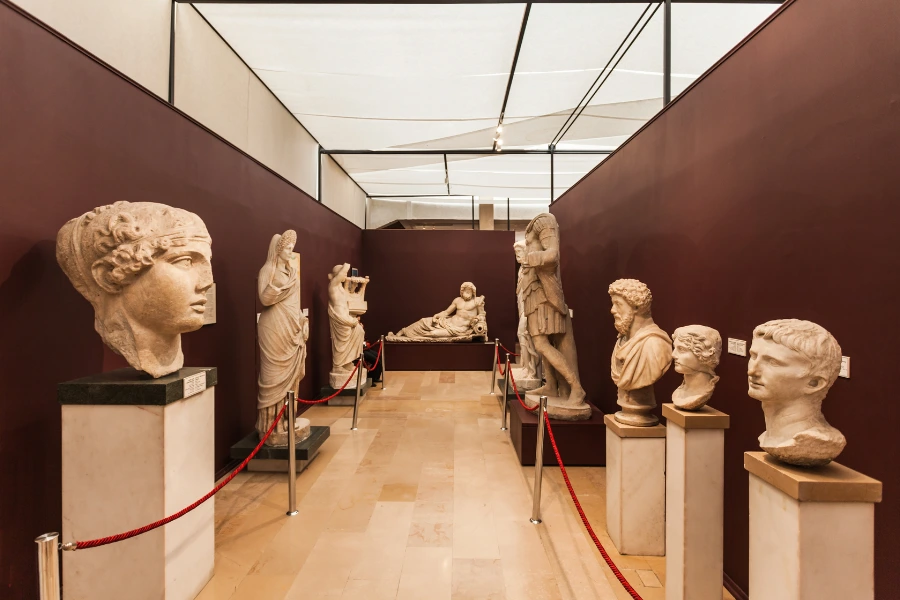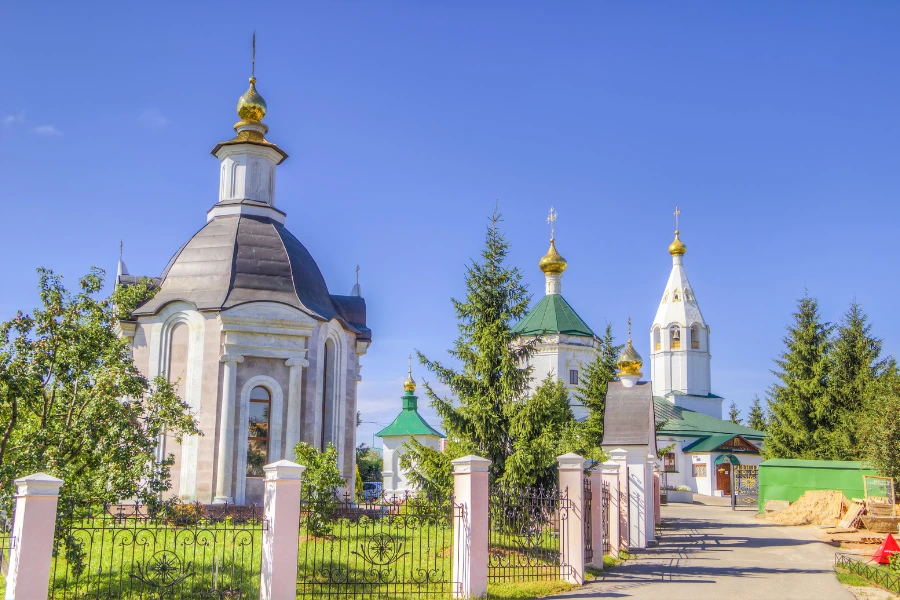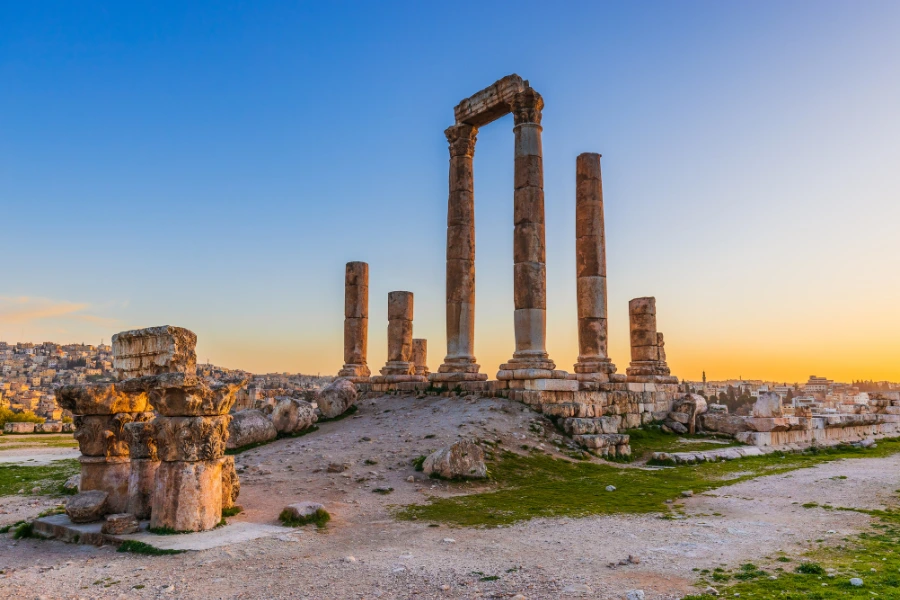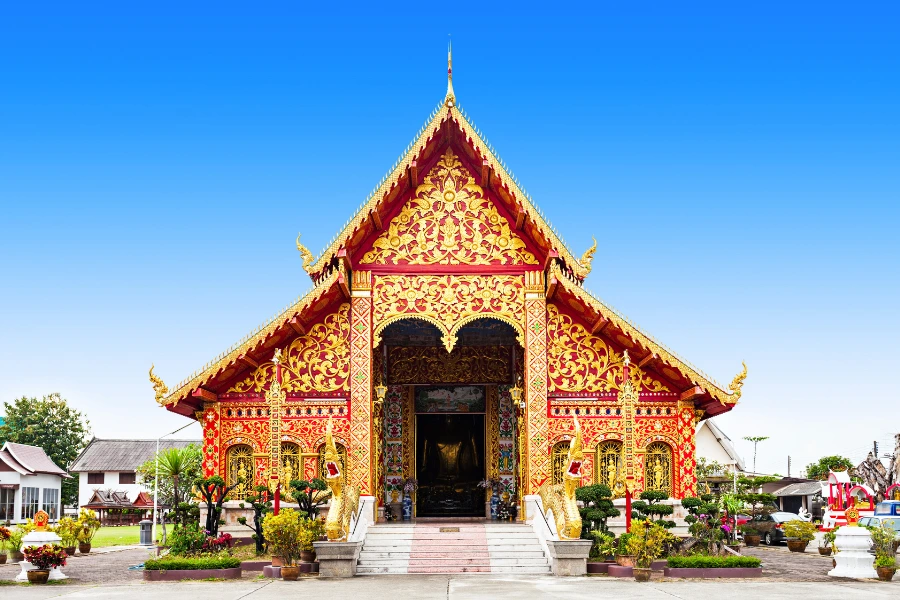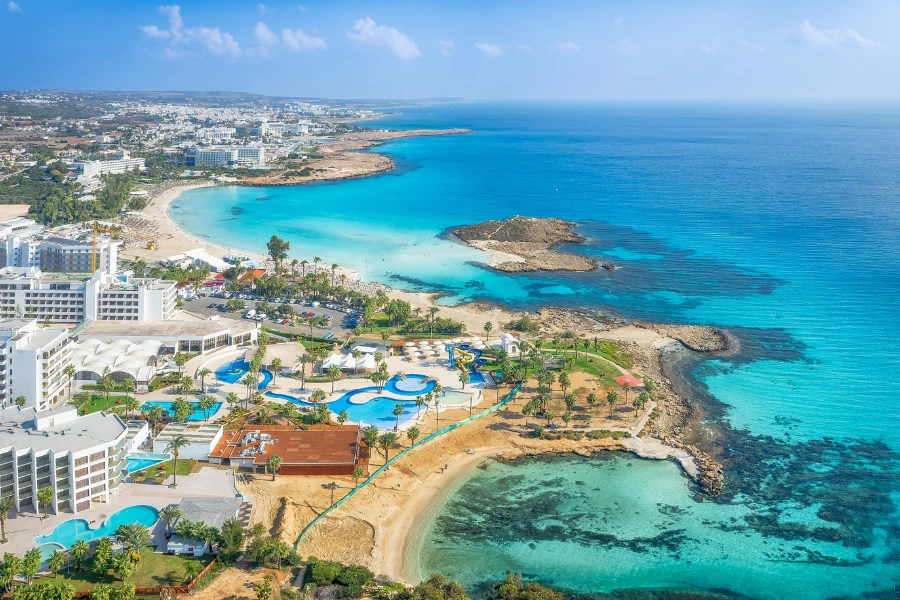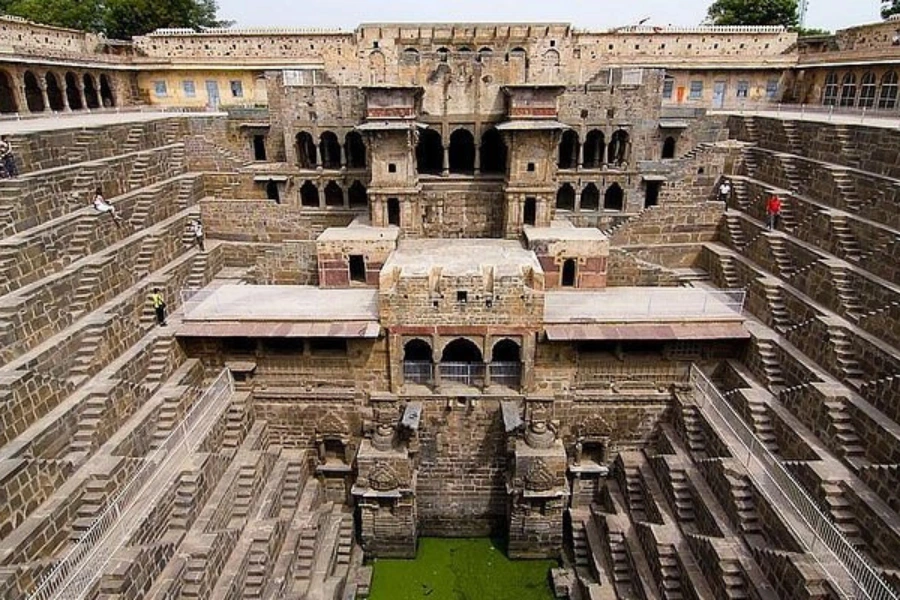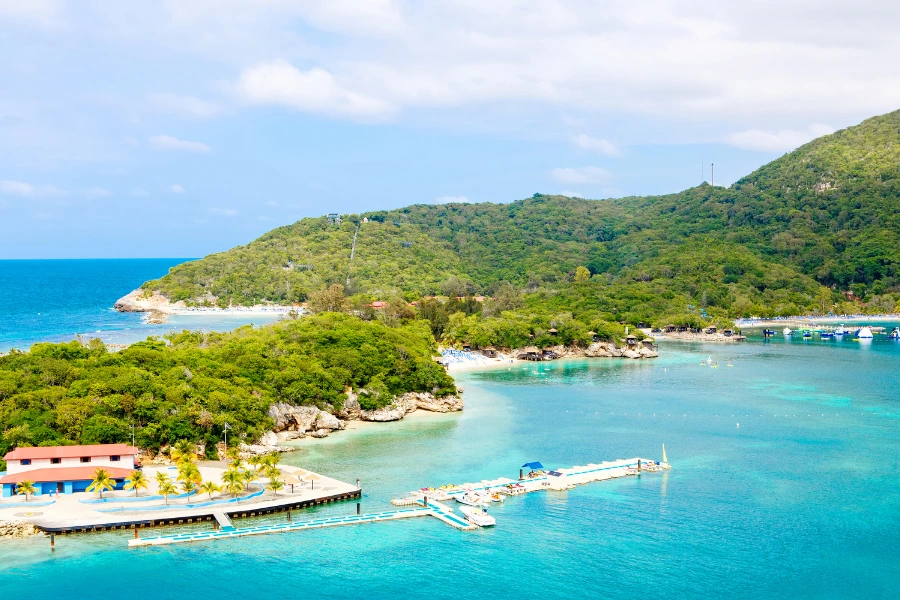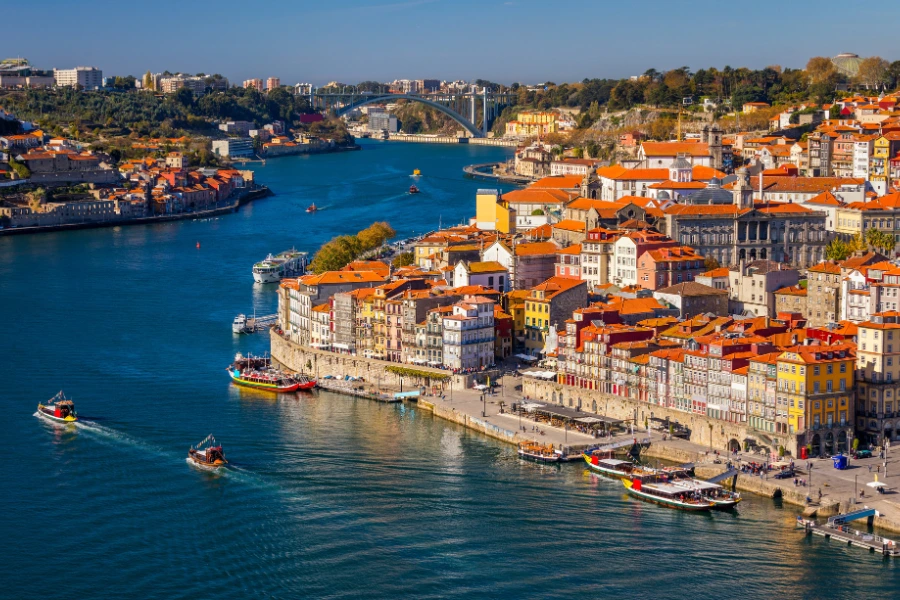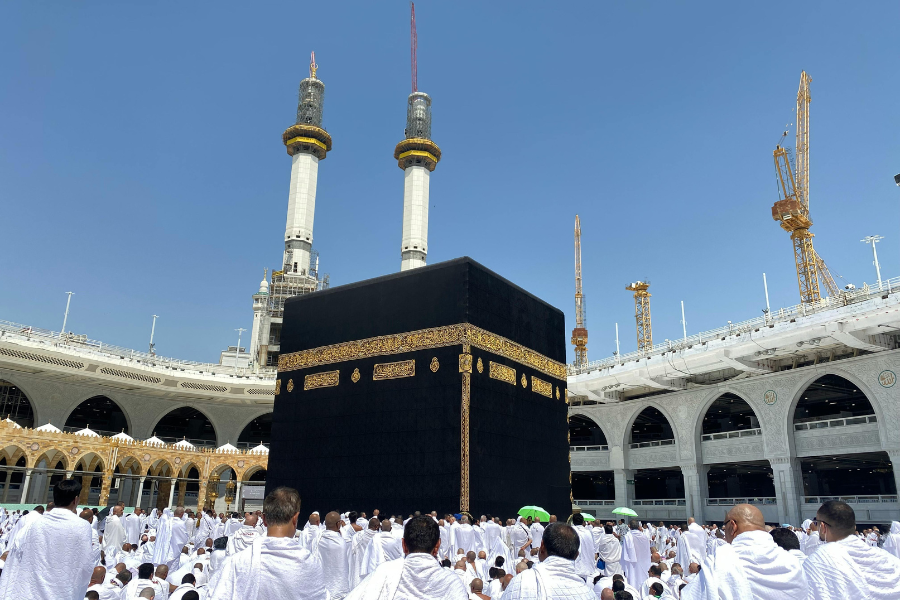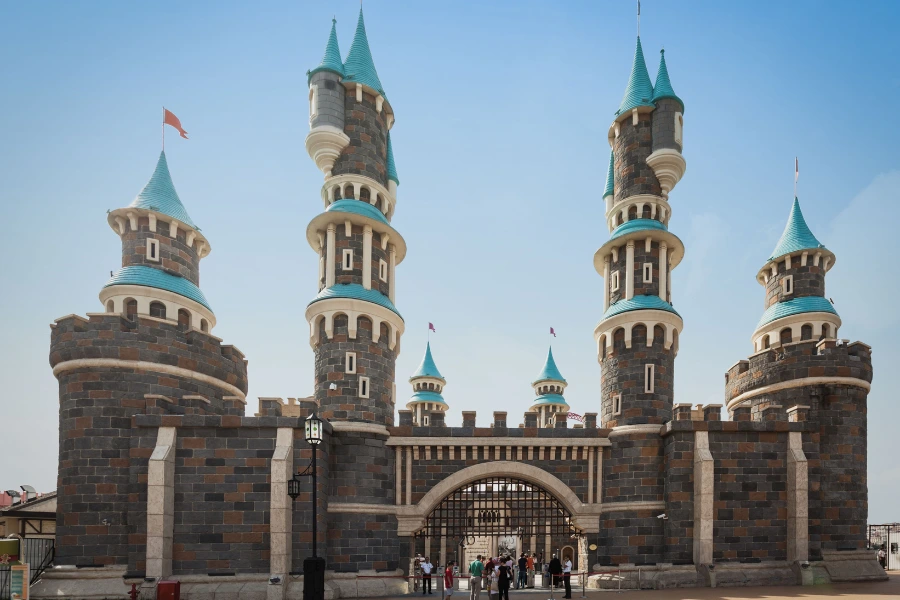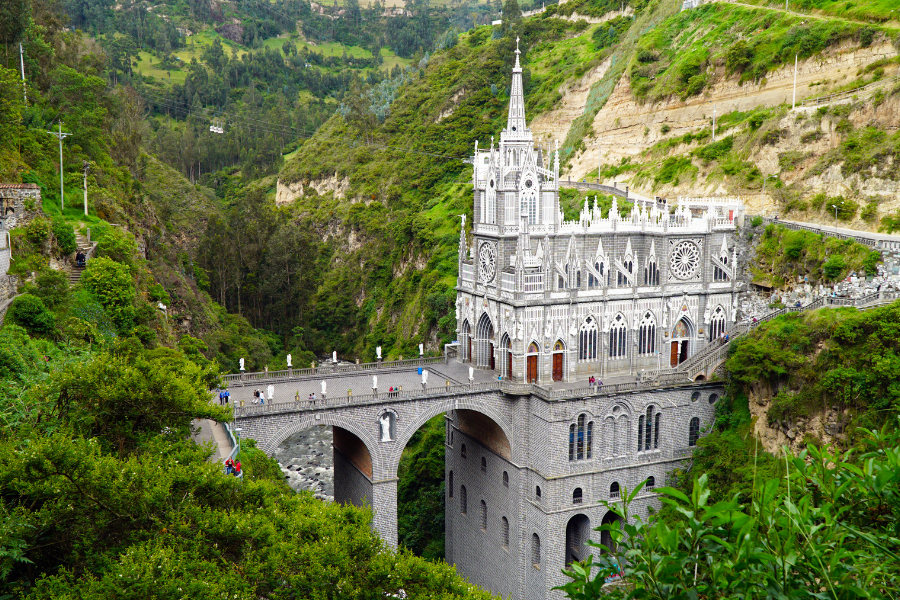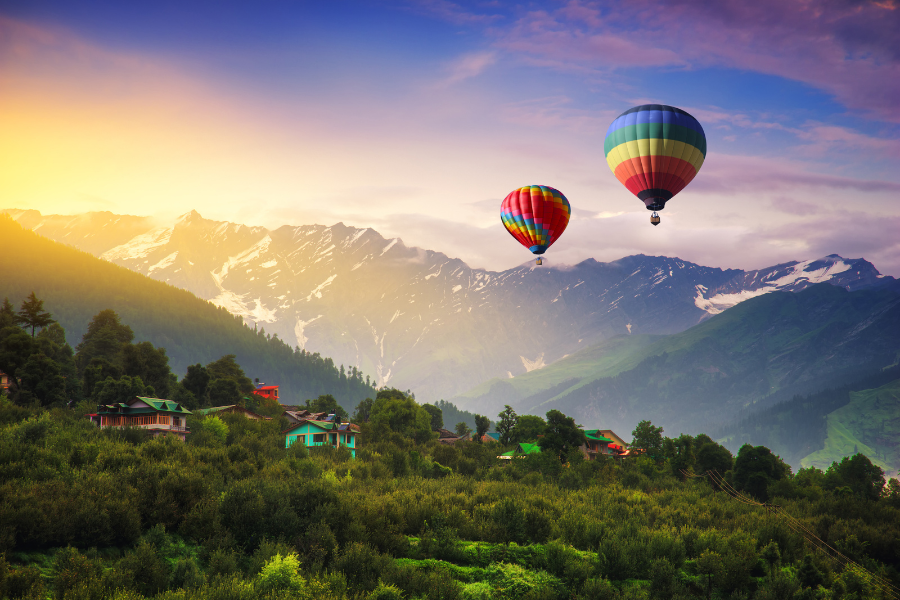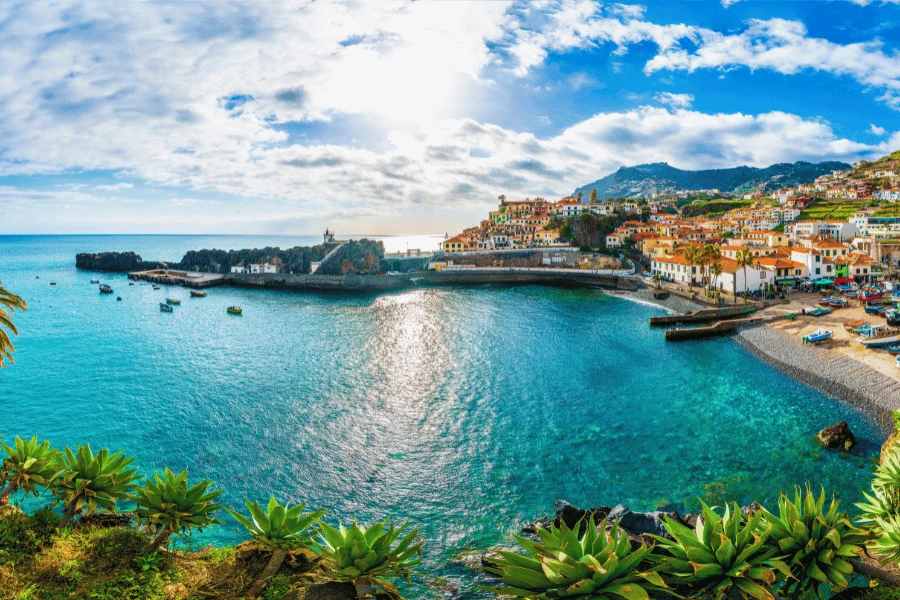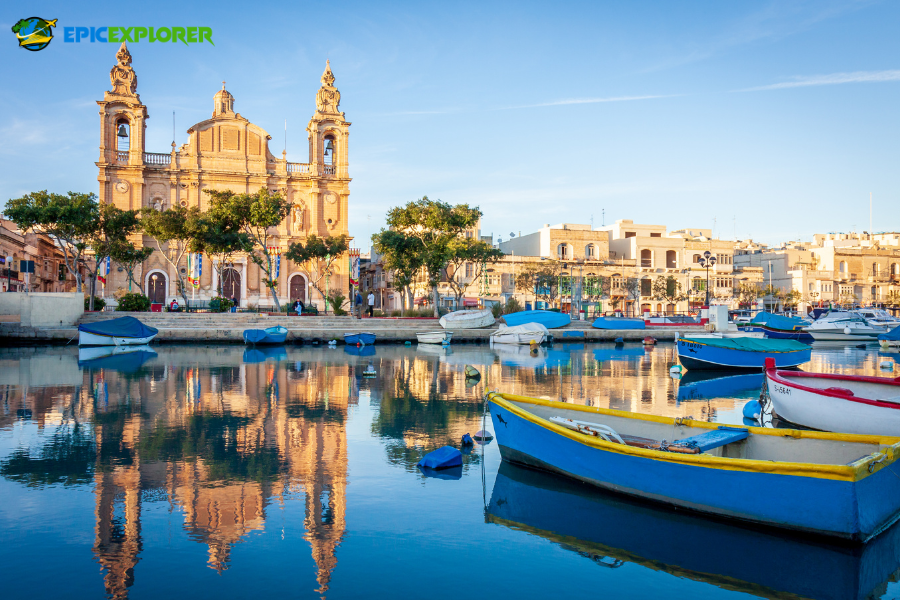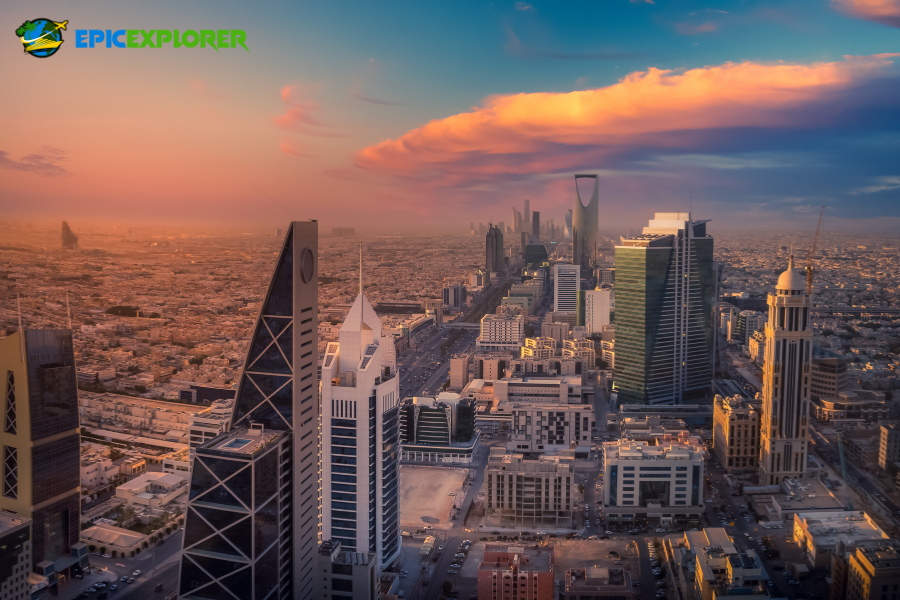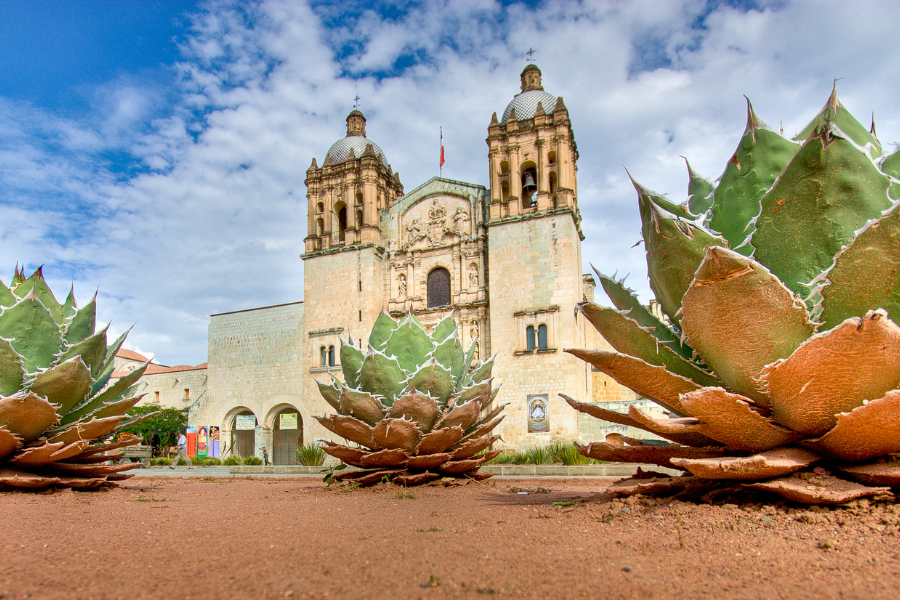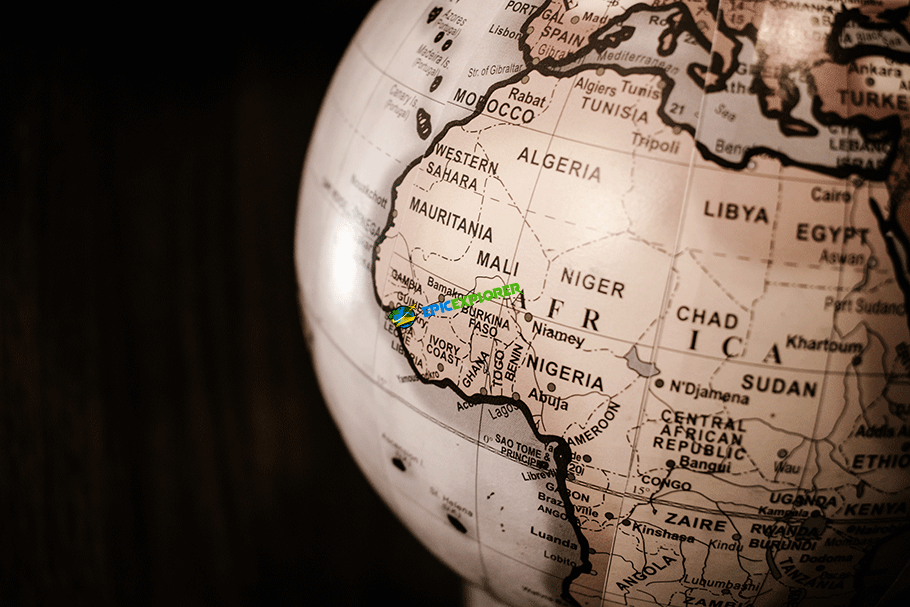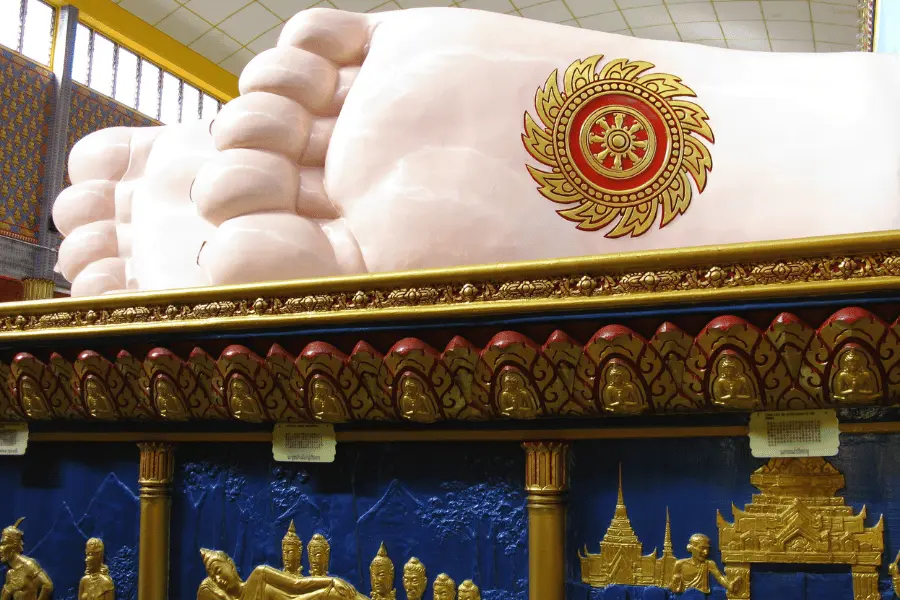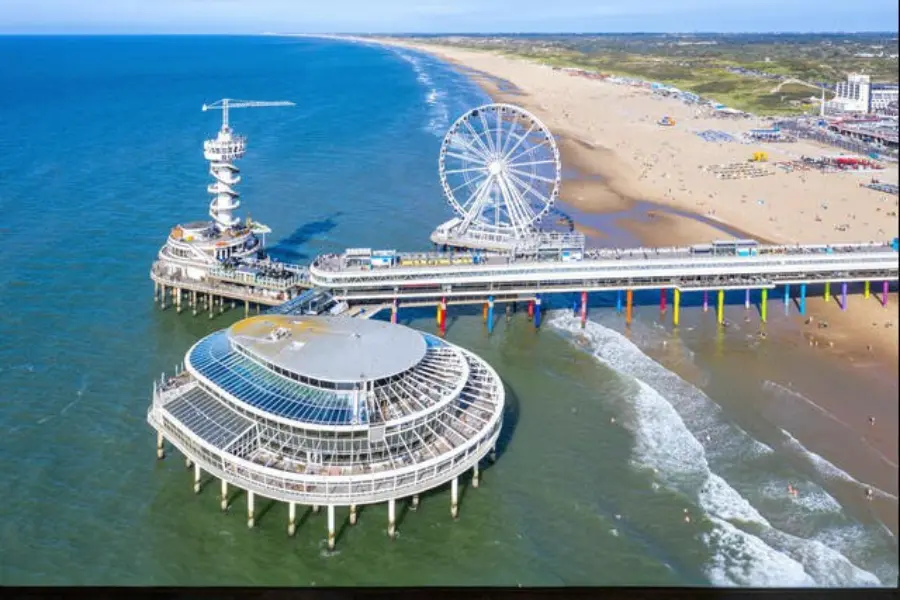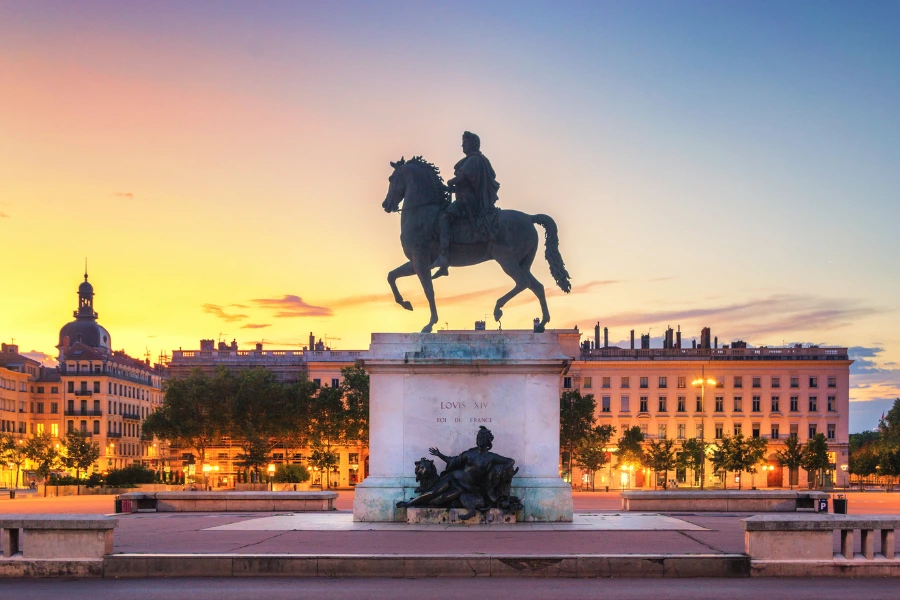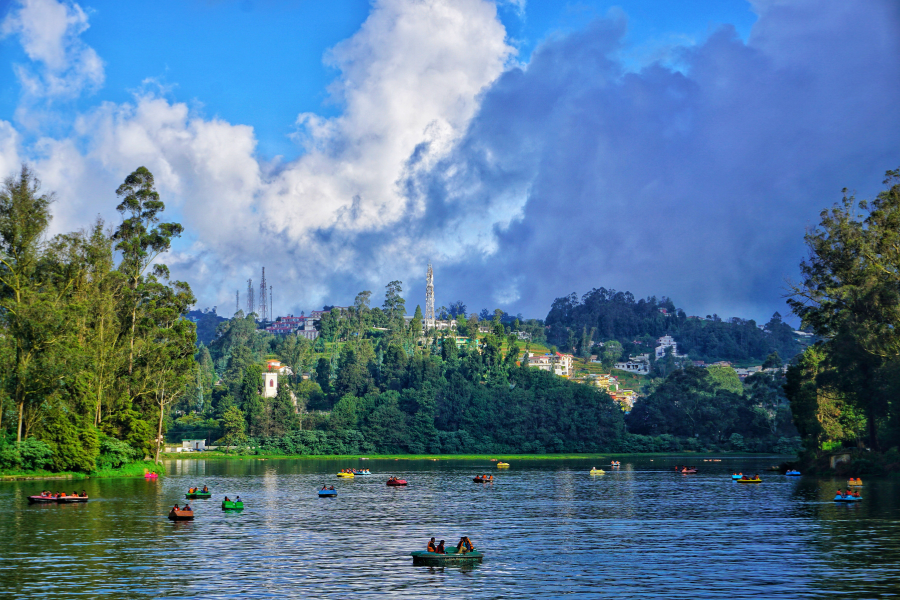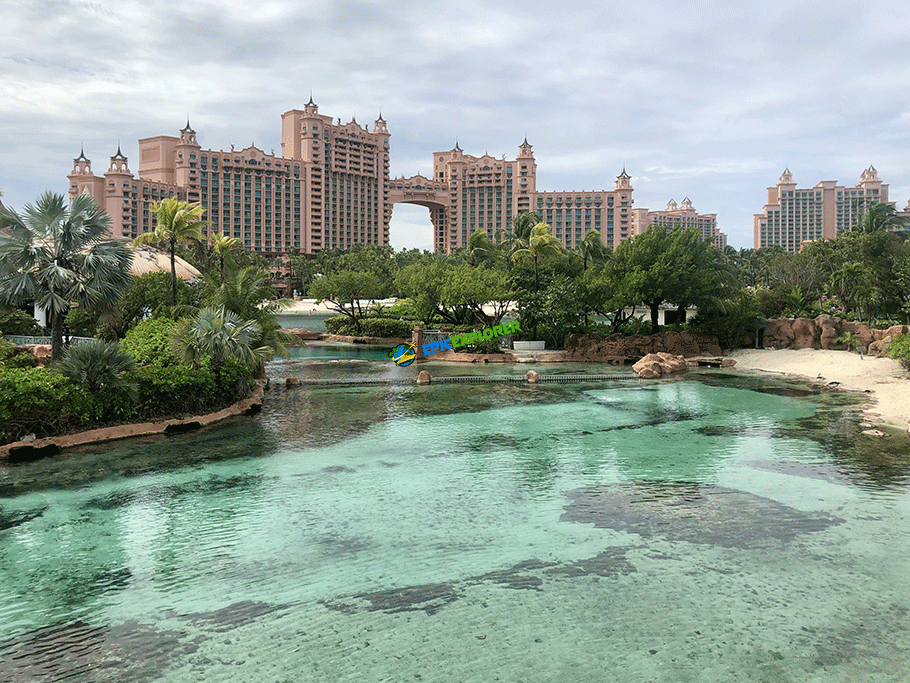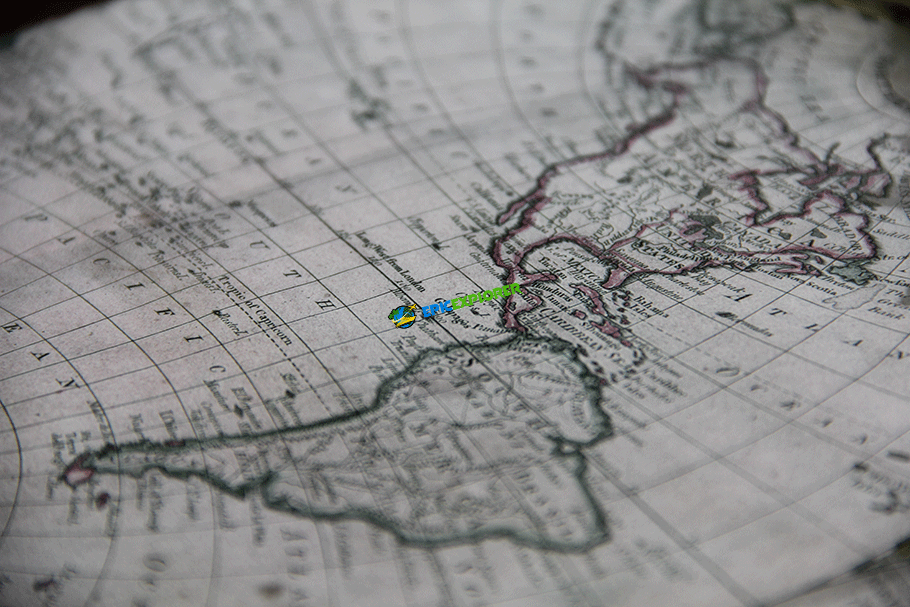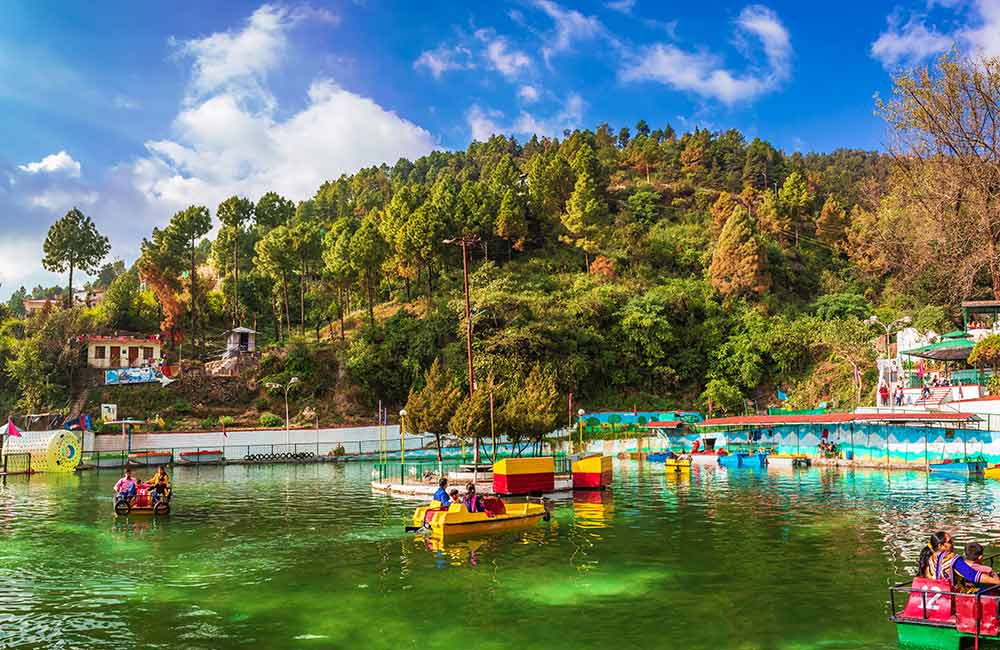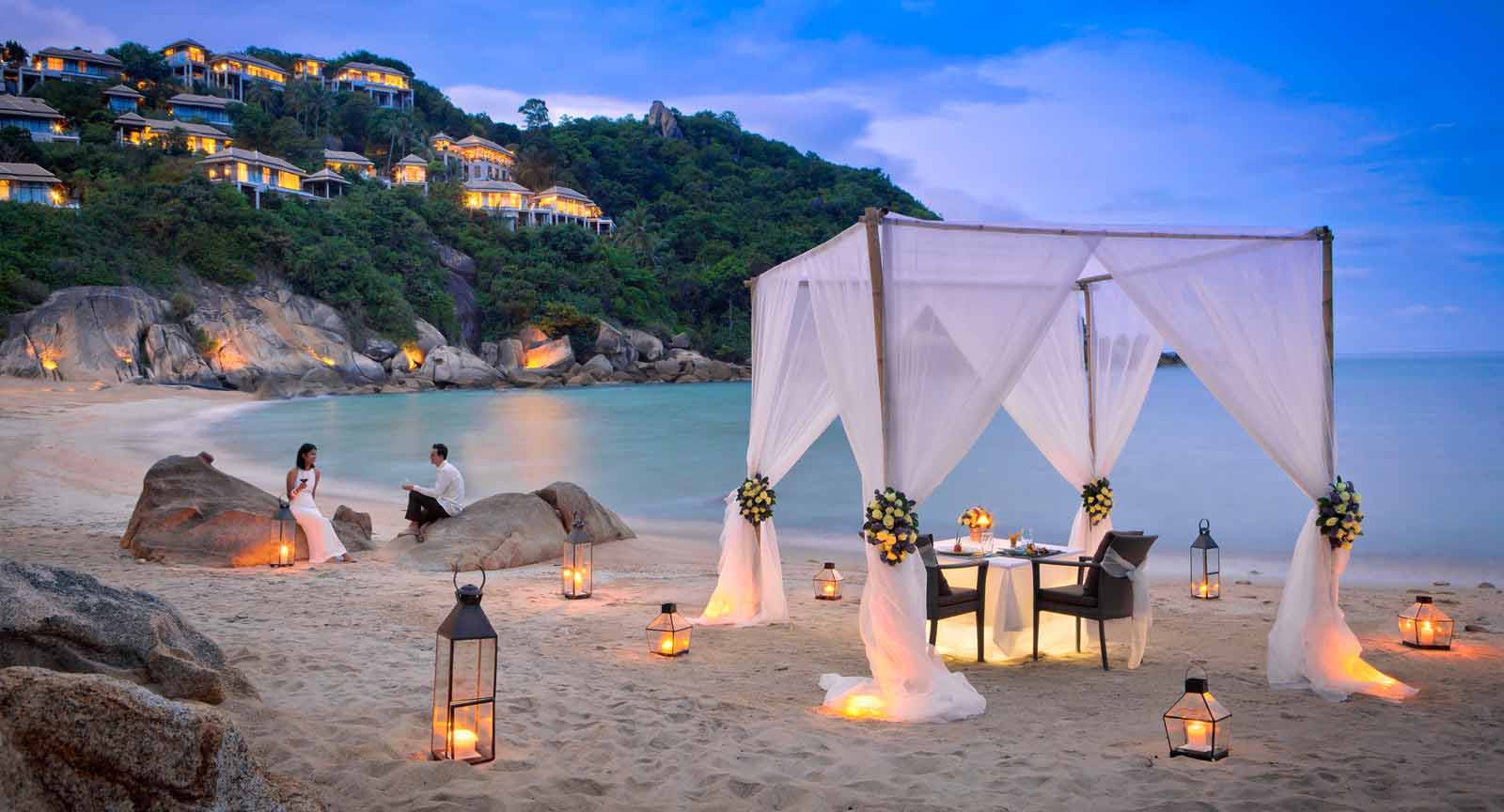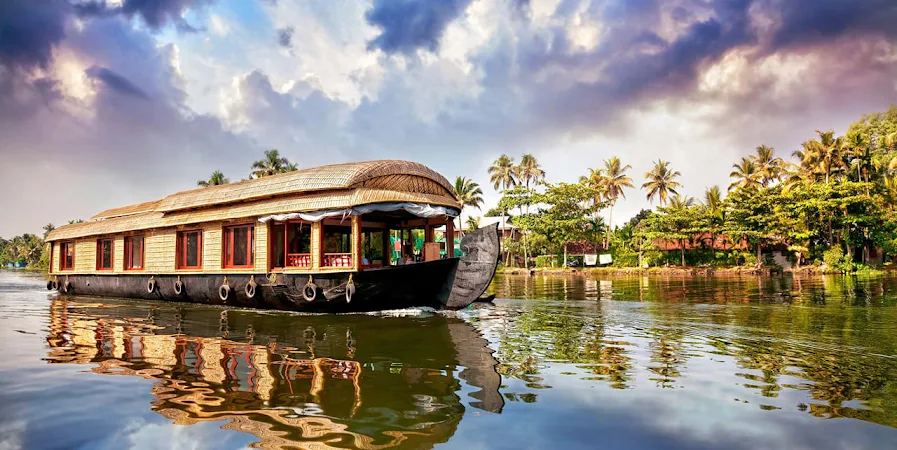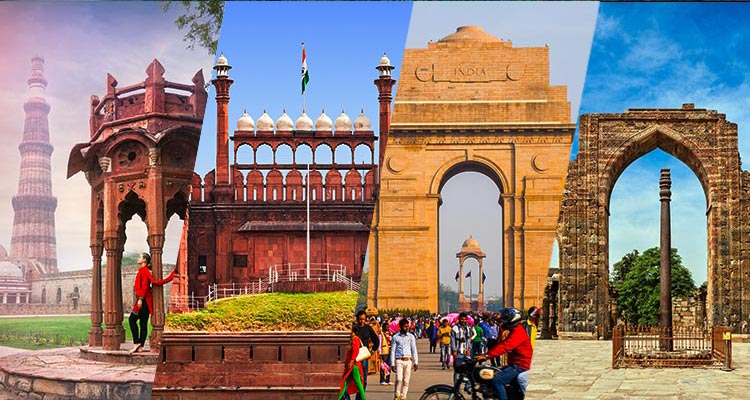The National Capital Region (NCR) is a treasure trove of history, boasting an array of fascinating historic places that offer a glimpse into India's rich past. From ancient monuments to colonial-era landmarks, these sites provide a captivating sightseeing experience. Let's delve into the best historic places in NCR that are worth exploring for their cultural significance and architectural marvels.
A Brief Overview of NCR's Rich History:
The history of the National Capital Region dates back centuries, with the region being a witness to the rise and fall of various dynasties and empires. From the ancient times of the Maurya and Gupta dynasties to the medieval period of the Delhi Sultanate and the Mughal Empire, NCR has been an important center of power and culture.
The capital city of Delhi has played a pivotal role throughout history, with several emperors and rulers leaving their mark on the landscape. The NCR is dotted with historic sites, each telling a unique story of India's past. These sites range from impressive forts, grand palaces, magnificent tombs, ancient temples, and intricate mosques.
As we explore the best historic places in NCR, we will embark on a journey through time, discovering the rich heritage and architectural marvels that make this region a fascinating destination for history lovers and sightseers alike.
Here are some of the top historic places in the National Capital Region (NCR) that are worth exploring in detail:
1. Qutub Minar, Delhi:
Qutub Minar, located in Mehrauli, Delhi, is a UNESCO World Heritage Site and one of the most iconic landmarks in India. It was built in the 12th century by Qutb al-Din Aibak, the founder of the Delhi Sultanate. The tower stands at a height of 73 meters and is adorned with intricate carvings and verses from the Quran. Surrounding the Qutub Minar complex are several other historical structures, including the Quwwat-ul-Islam Mosque, Iron Pillar, and Alai Darwaza.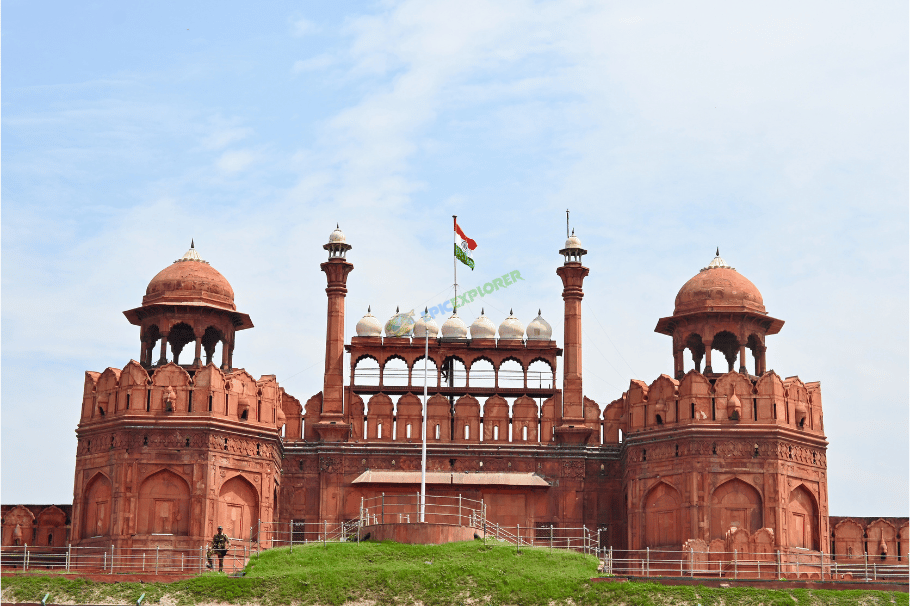
2. Red Fort (Lal Qila), Delhi:
Red Fort, also known as Lal Qila, is a magnificent fort located in Old Delhi. Shah Jahan, the Mughal Emperor, built this magnificent structure during the 17th century, and it remained the primary residence for Mughal emperors for nearly two centuries. The fort's impressive red sandstone walls and intricate architectural details reflect the grandeur of Mughal architecture. The fort is now a UNESCO World Heritage Site and an essential part of India's Independence Day celebrations.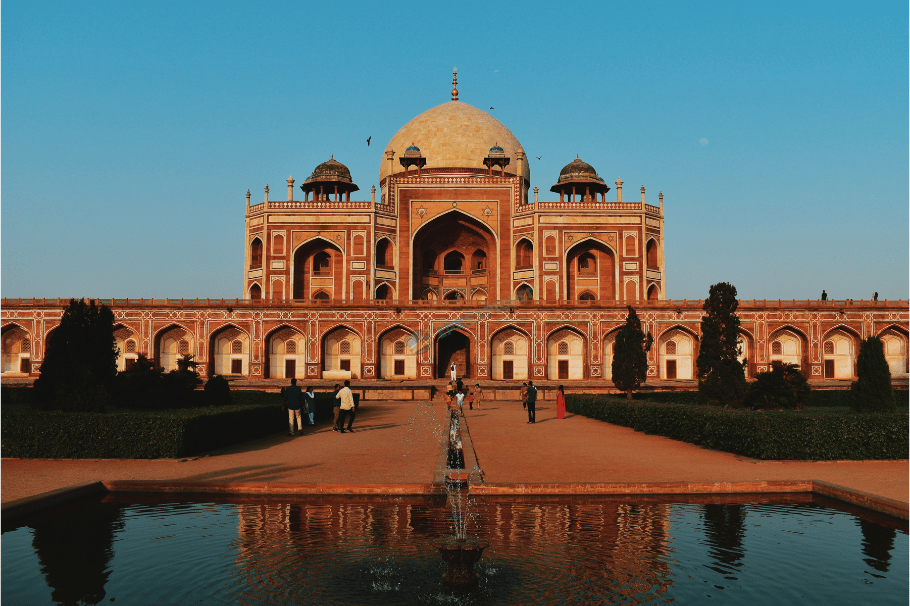
3. Humayun's Tomb, Delhi:
Humayun's Tomb is another UNESCO World Heritage Site in Delhi, built in the mid-16th century. It is a fine example of Mughal architecture and served as the inspiration for the Taj Mahal. The tomb was commissioned by Humayun's widow, Empress Bega Begum, and showcased a beautiful combination of red sandstone and white marble. The well-maintained gardens and water channels around the tomb add to its serenity and allure.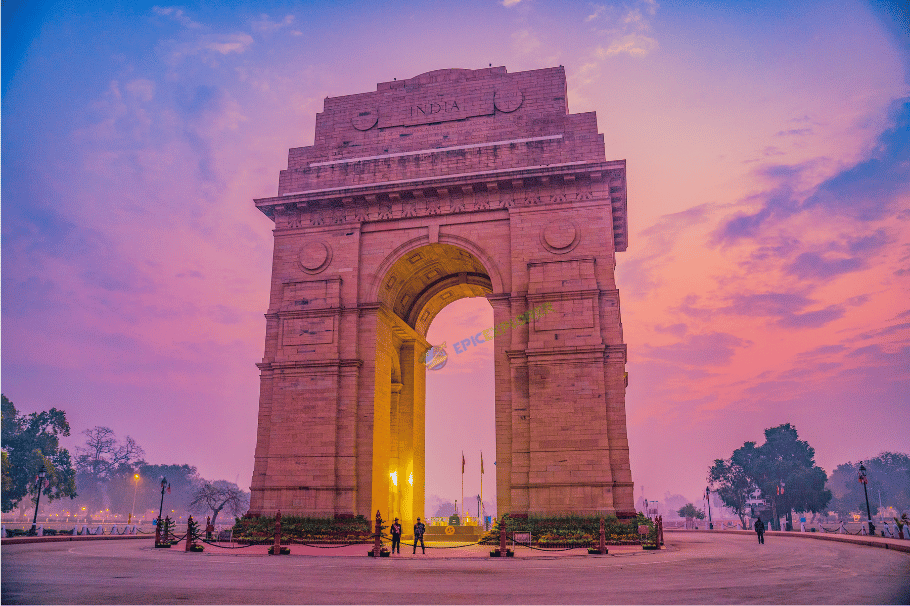
4. India Gate, Delhi:
Built-in memory of the Indian soldiers who sacrificed their lives during World War I, it is an iconic symbol of patriotism and valor. The archway stands at a height of 42 meters and is surrounded by lush green lawns, making it a popular spot for picnics and evening strolls.
5. Agrasen ki Baoli, Delhi:
Agrasen ki Baoli is a historical stepwell located near Connaught Place in Delhi. It is believed to have been built during the Mahabharata era and later rebuilt in the 14th century by the Agrawal community. This impressive architectural marvel consists of a series of steps leading to a well, and the unique design has been featured in several Bollywood films.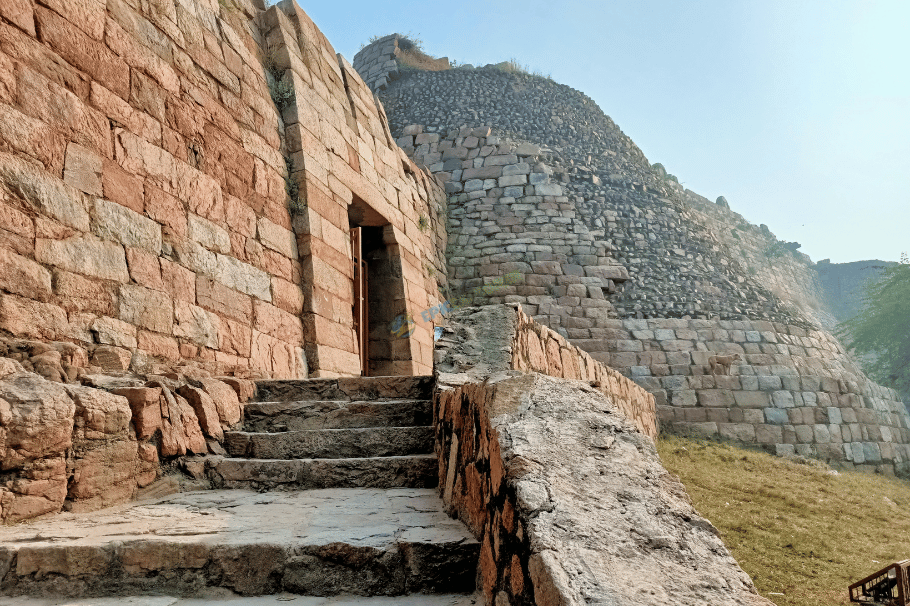
6. Tughlaqabad Fort, Delhi:
Tughlaqabad Fort is a ruined fort in South Delhi, built by the founder of the Tughlaq dynasty, Ghiyasuddin Tughlaq, in the 14th century. The massive fort complex is spread over a large area and was intended to be a formidable fortress. Despite its ruined state, it remains an impressive structure and offers panoramic views of the surrounding area.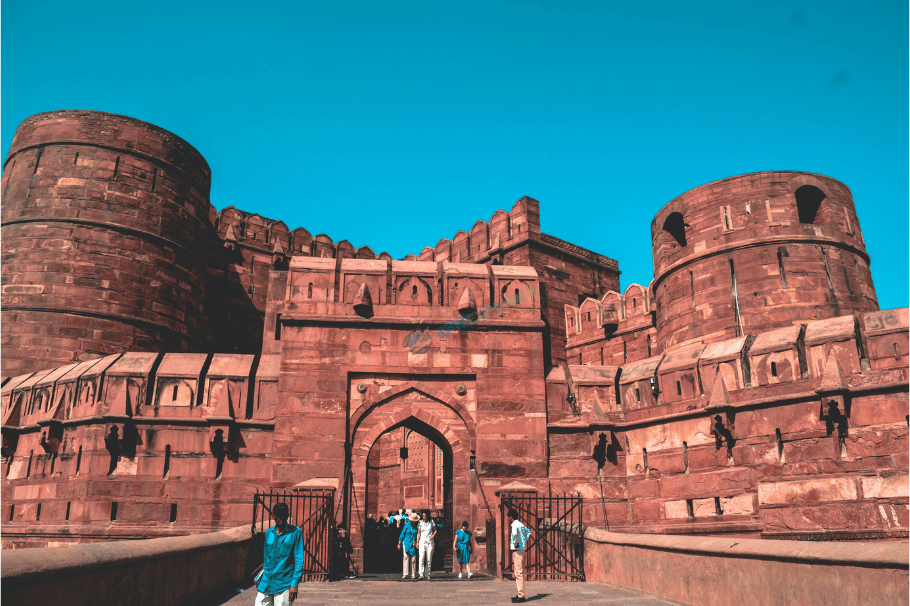
7. Agra Fort, Agra (part of NCR):
Agra Fort, located in the city of Agra, is another UNESCO World Heritage Site and a significant Mughal monument. Built by Emperor Akbar in the 16th century, it served as the main residence of the Mughal emperors until the capital was shifted to Delhi. The fort's red sandstone walls enclose several palaces, mosques, and gardens, displaying a blend of Islamic and Hindu architectural styles.
These historic places in NCR and its vicinity provide an enriching glimpse into India's glorious past, showcasing the architectural brilliance and cultural heritage of various dynasties and empires that once ruled the region. Exploring these sites is like stepping back in time, reliving the grandeur and legacy of ancient India.
Visiting historic places in the National Capital Region (NCR) can be a fascinating and enriching experience. To make the most of your trip, here are some insider tips to keep in mind:
Insider tips for visiting historic places in NCR:
· Plan Ahead: Research the historical significance and background of the sites you plan to visit. Understanding the stories and architectural details beforehand will enhance your appreciation during the visit.
Wear Comfortable Shoes: Many historic sites involve walking and exploring expansive areas. Wear comfortable and sturdy shoes to make the exploration more enjoyable.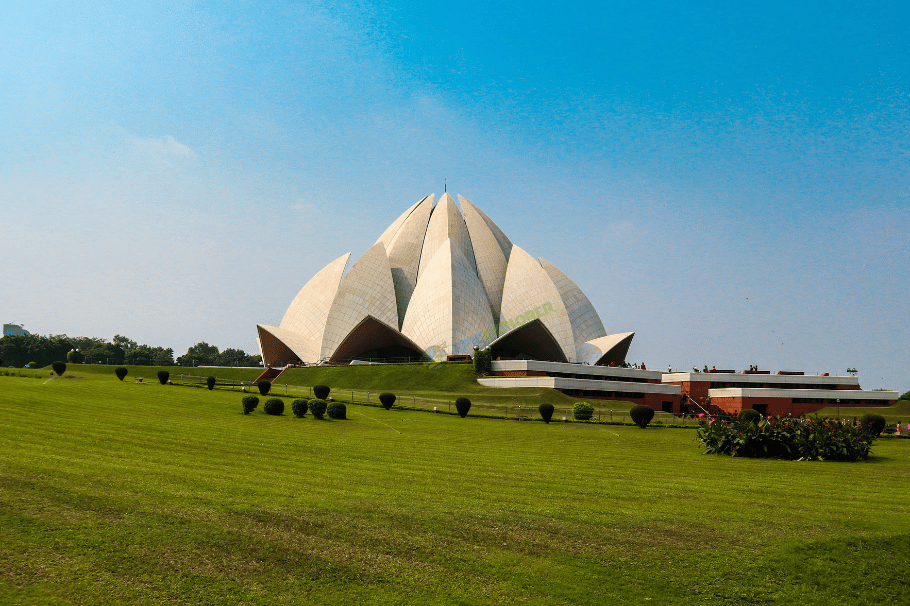
Go Early or Late: To avoid crowds and the heat, try to visit the historic sites early in the morning or late in the afternoon. This way, you can explore the attractions at a leisurely pace and take better photographs
Hire a Local Guide: Consider hiring a knowledgeable local guide who can provide in-depth insights, historical context, and interesting anecdotes about the places you visit. They can enhance your understanding and make the experience more engaging.
Respect the Rules: Historic sites often have specific guidelines for visitors, including dress codes, photography restrictions, and prohibited areas. Respect these rules to preserve the integrity of the heritage sites.
Carry Water and Snacks: Exploring historical sites can be tiring, so it's a good idea to carry a water bottle and some light snacks to stay hydrated and energized.
Stay Alert and Secure: While exploring, keep your belongings secure and be cautious of pickpockets, especially in crowded areas.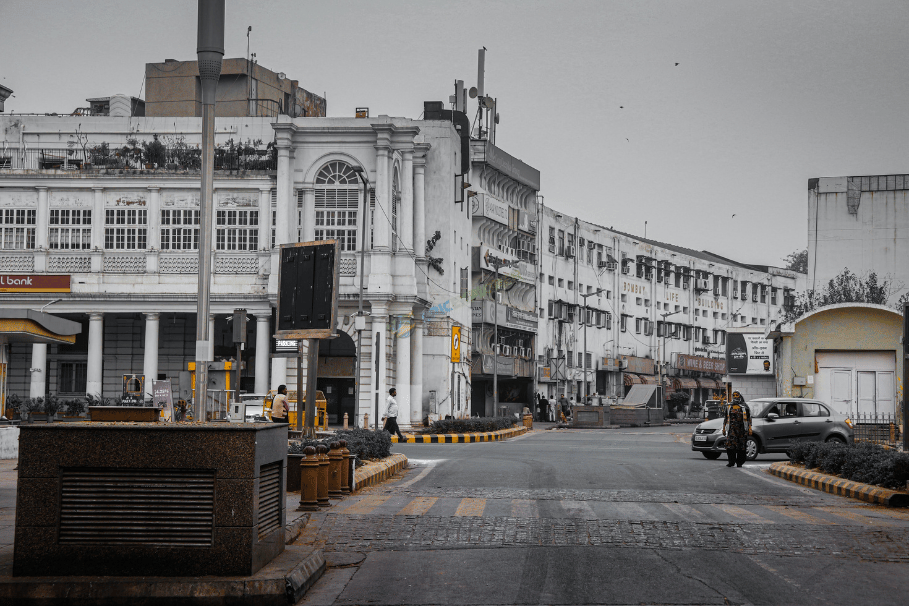
By following these insider tips, you can have a memorable and rewarding experience while visiting the historic places in the NCR. Immerse yourself in the rich cultural heritage, architecture, and history that these sites offer and create lasting memories of your exploration.

